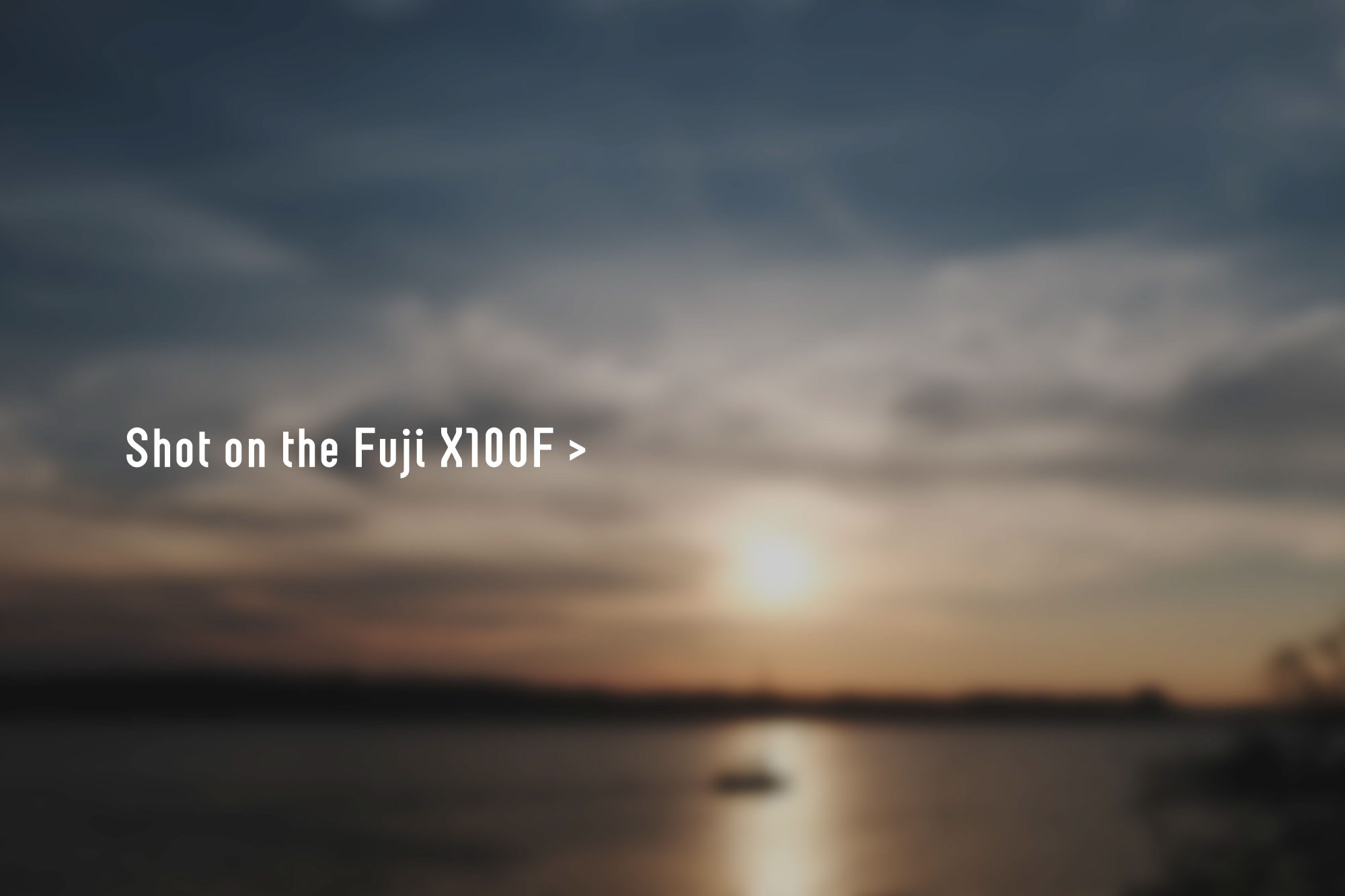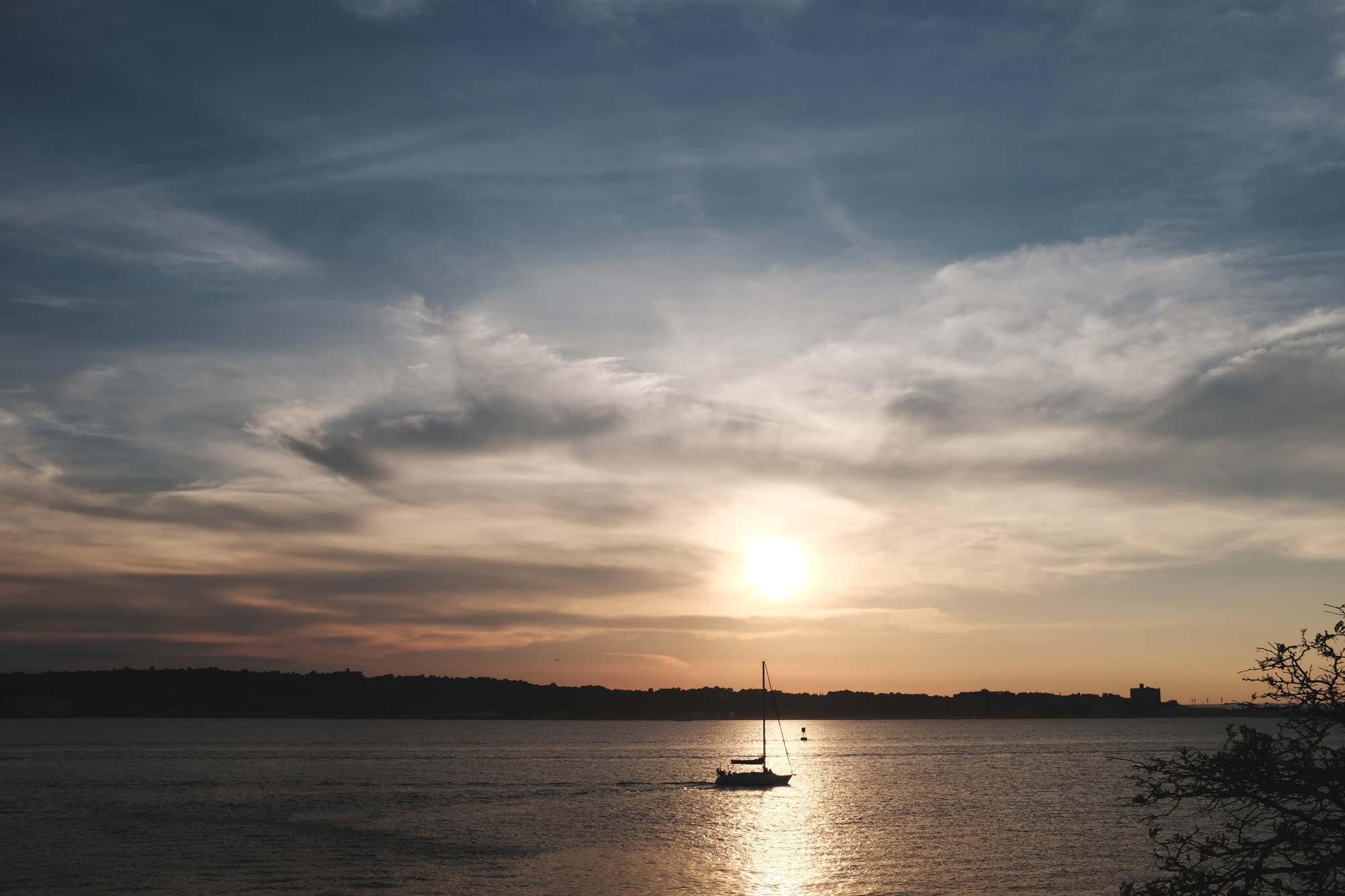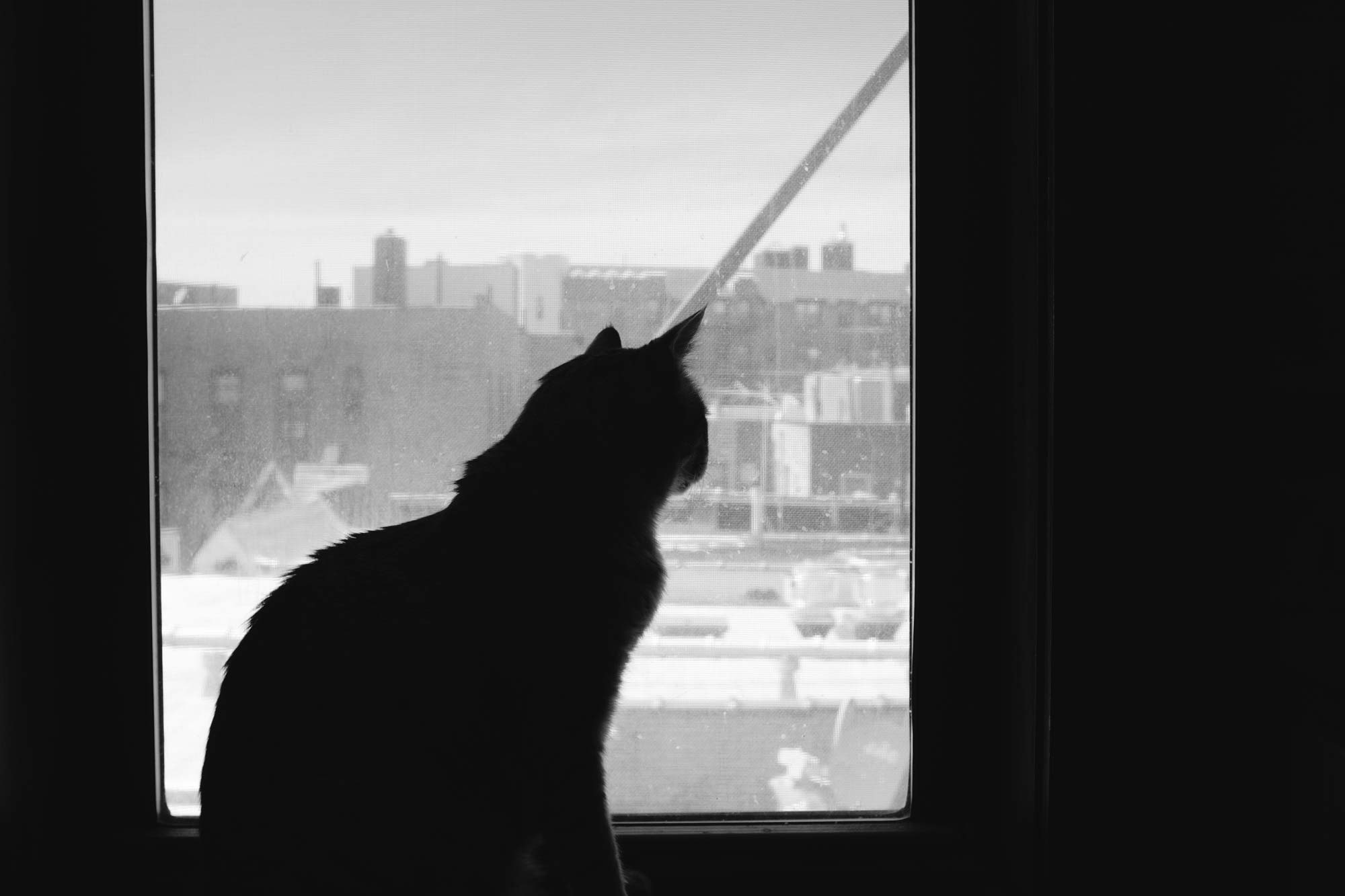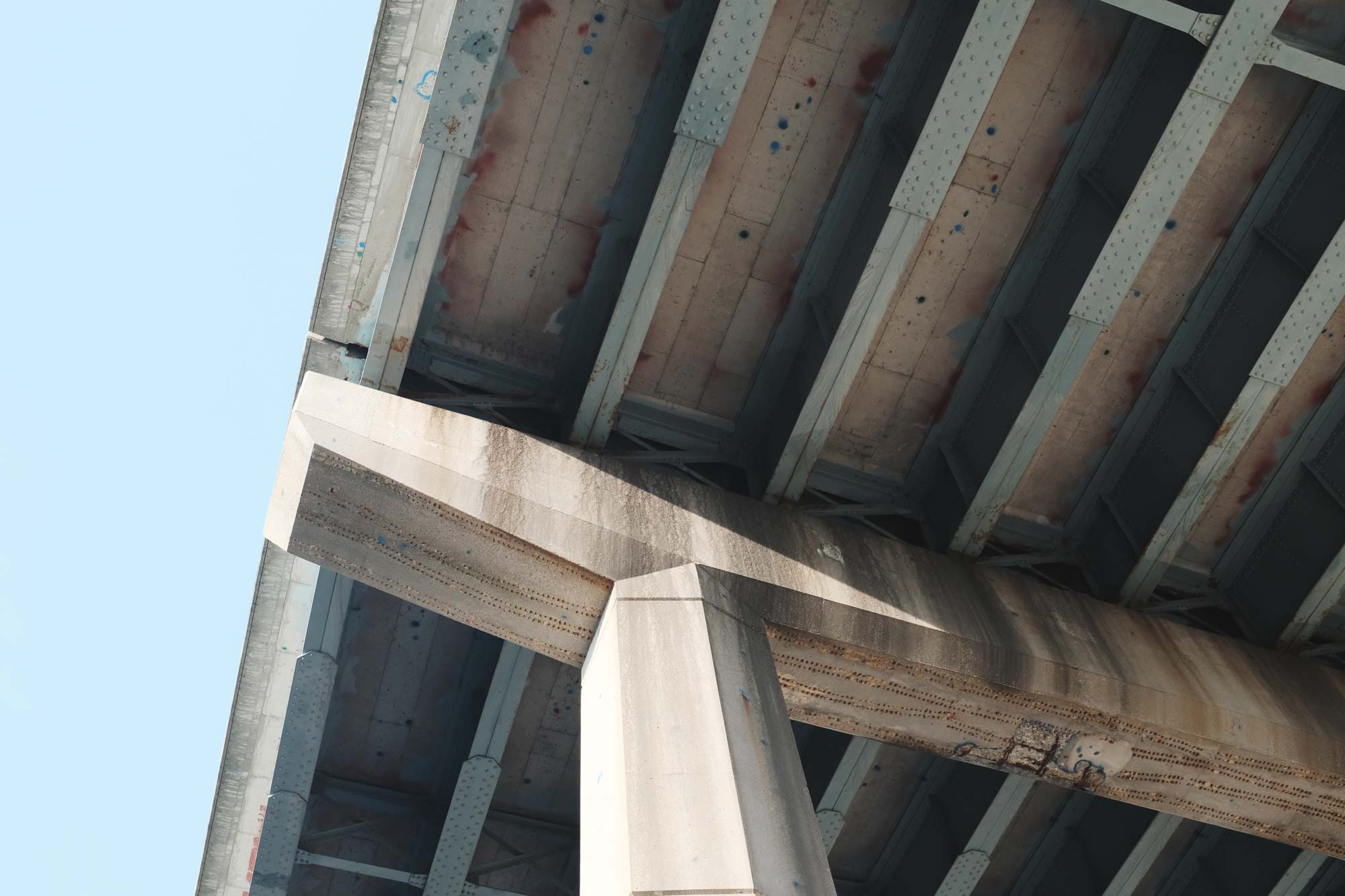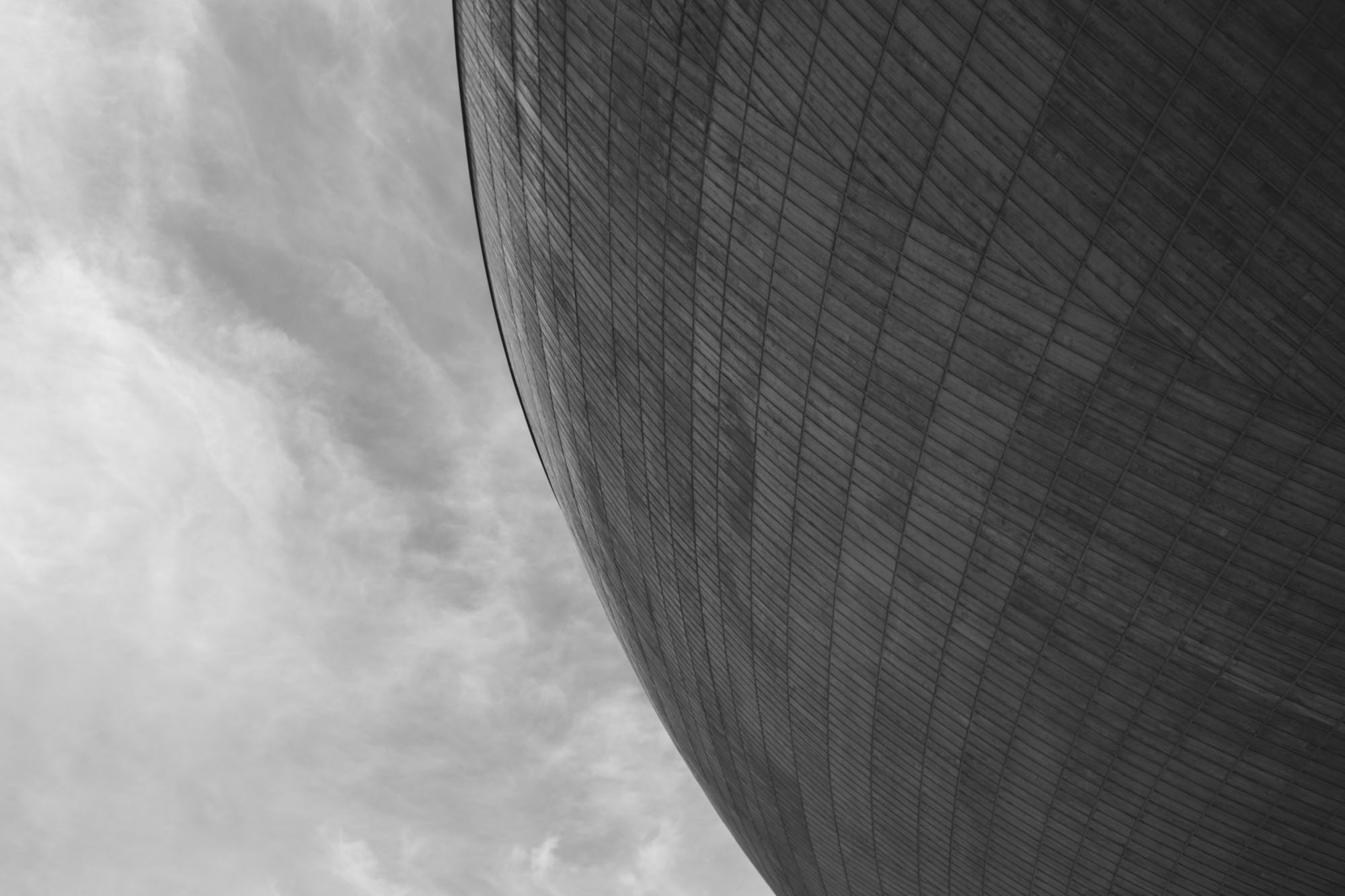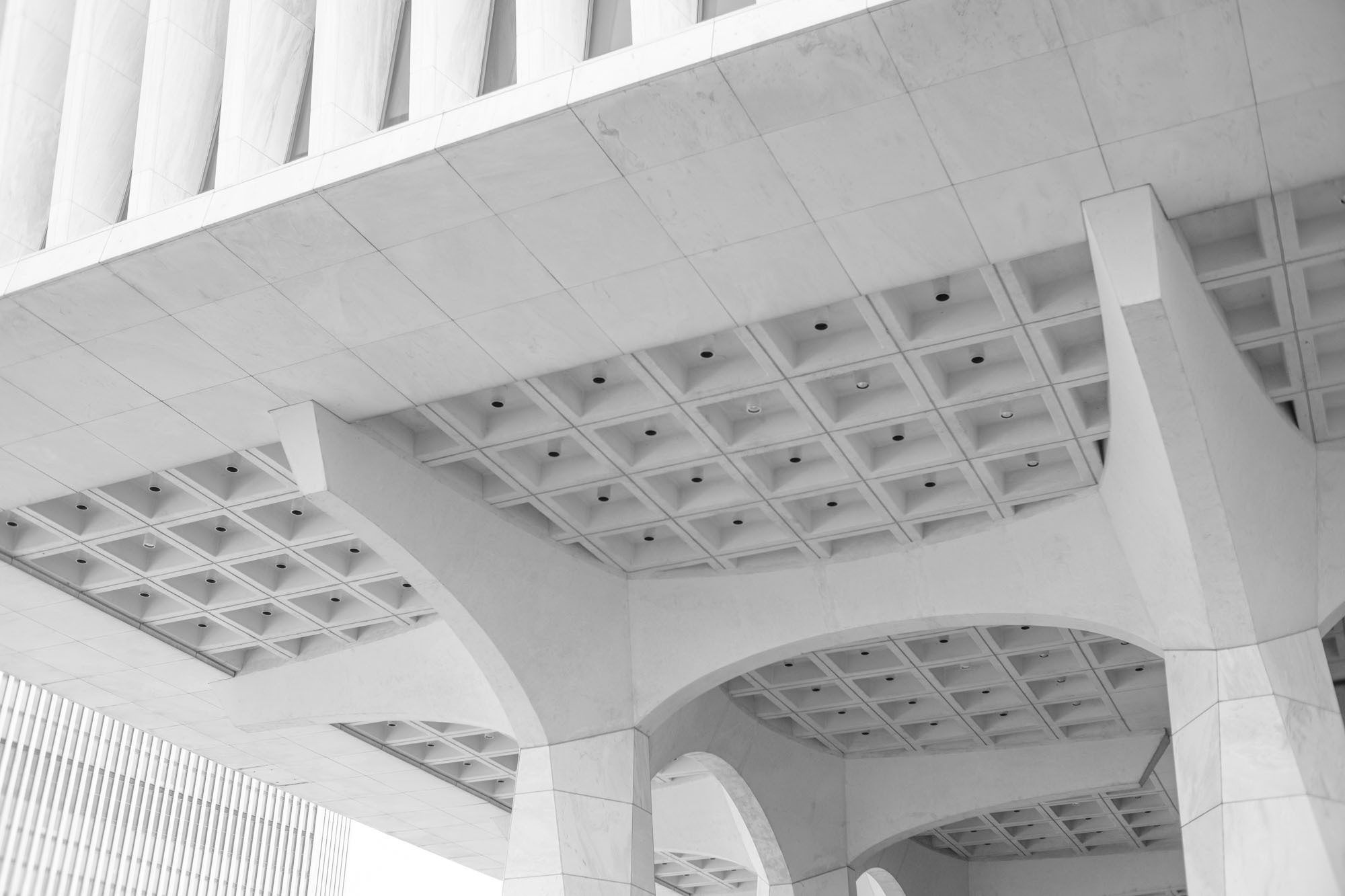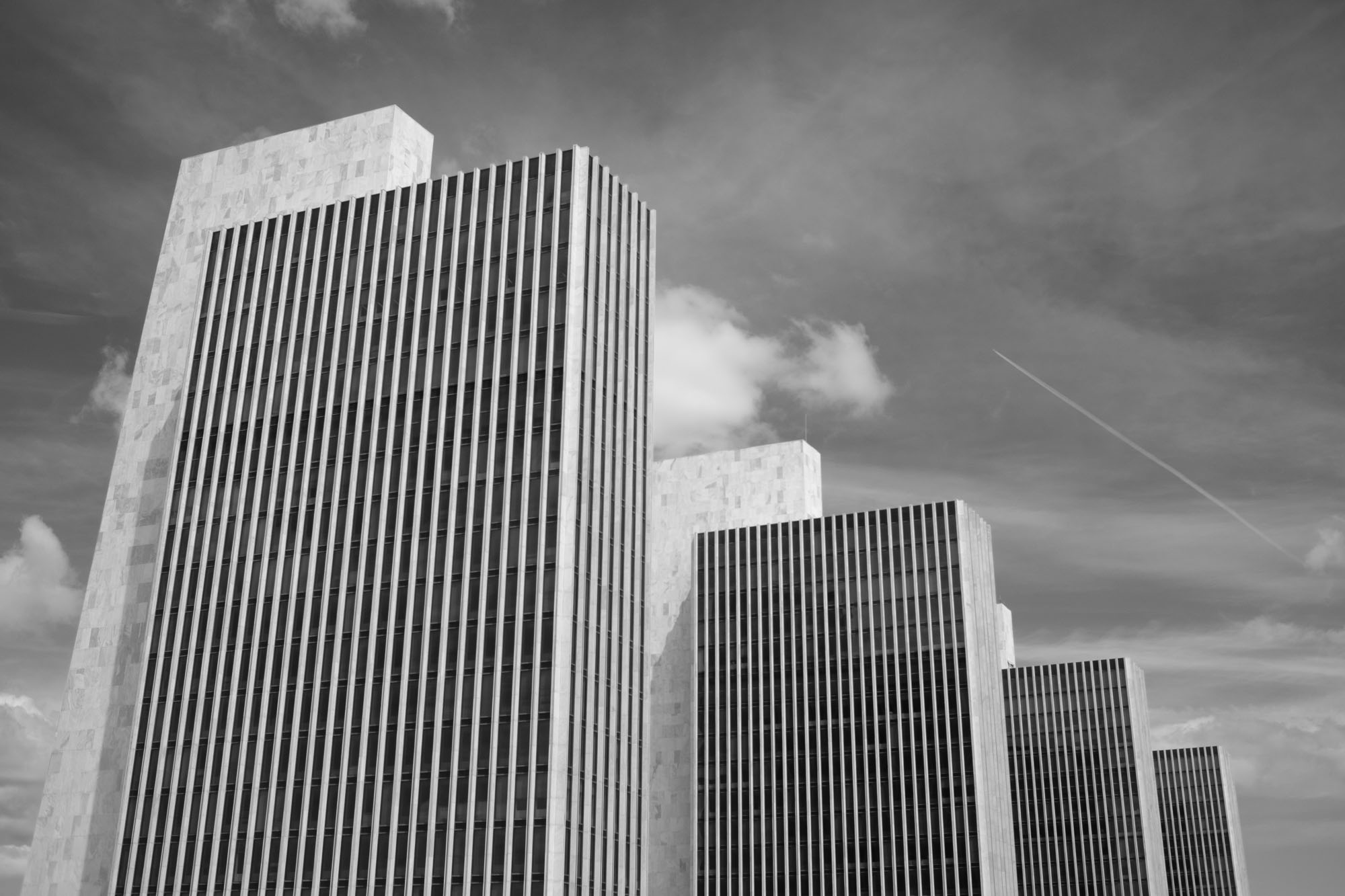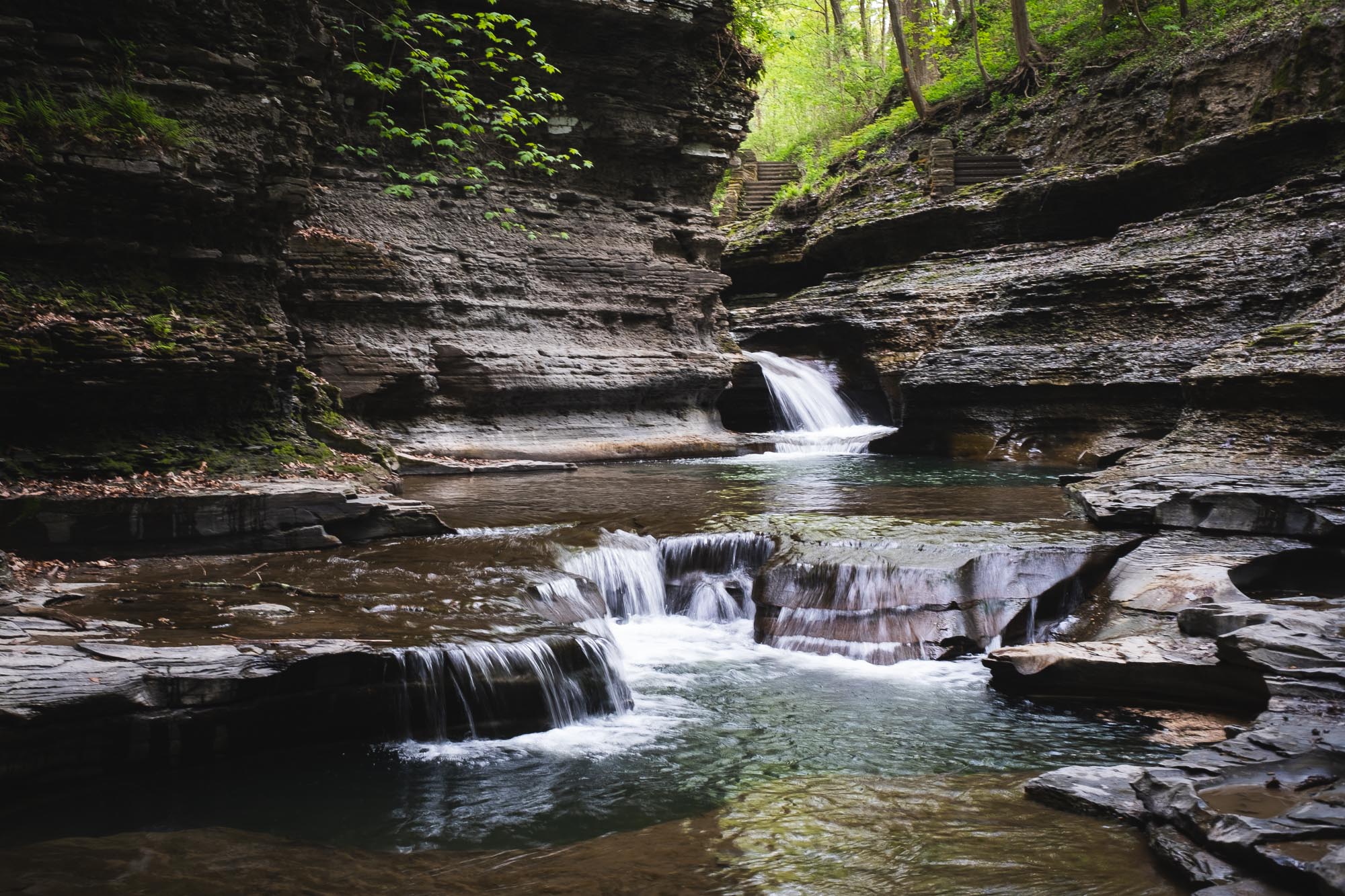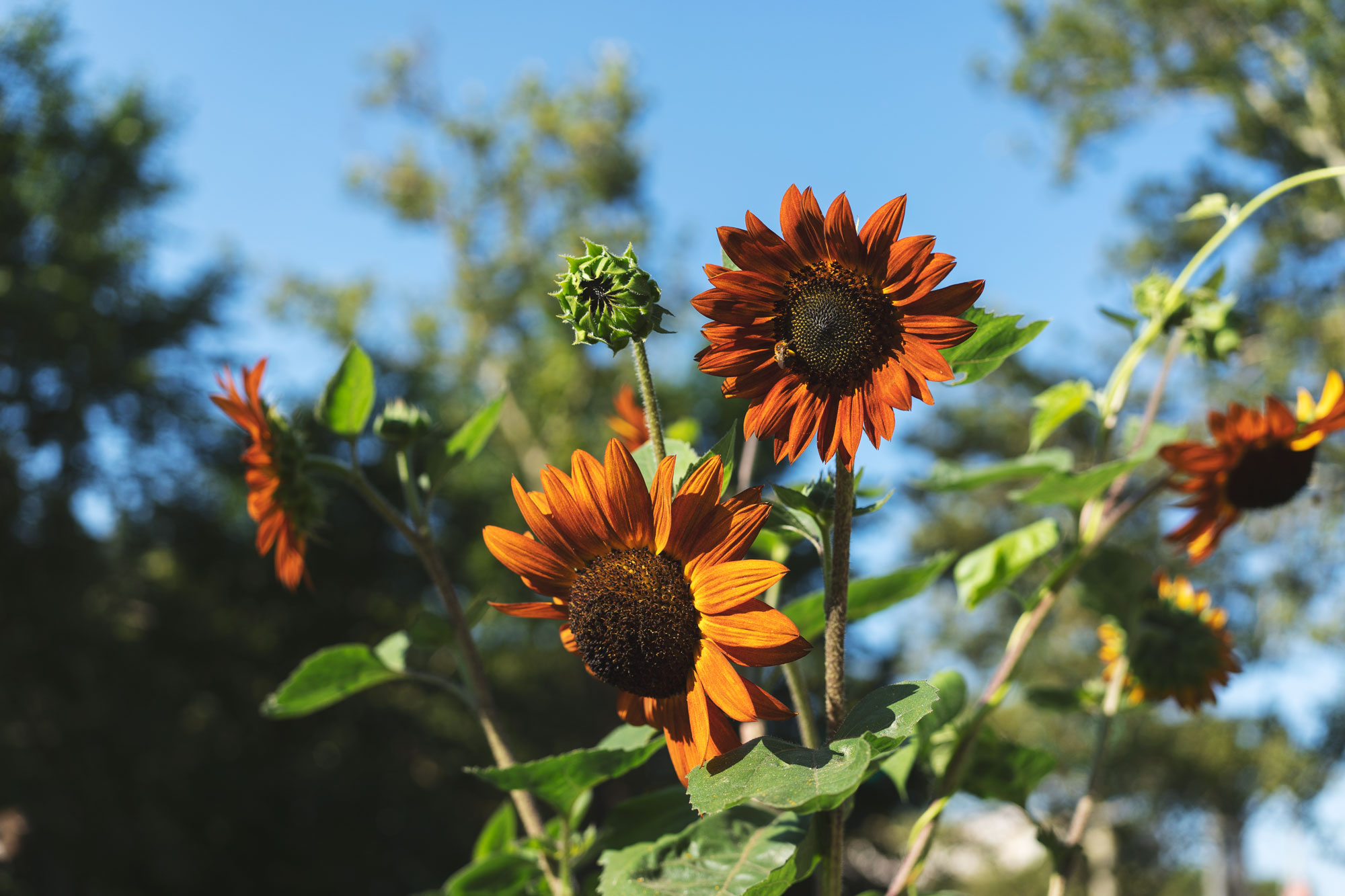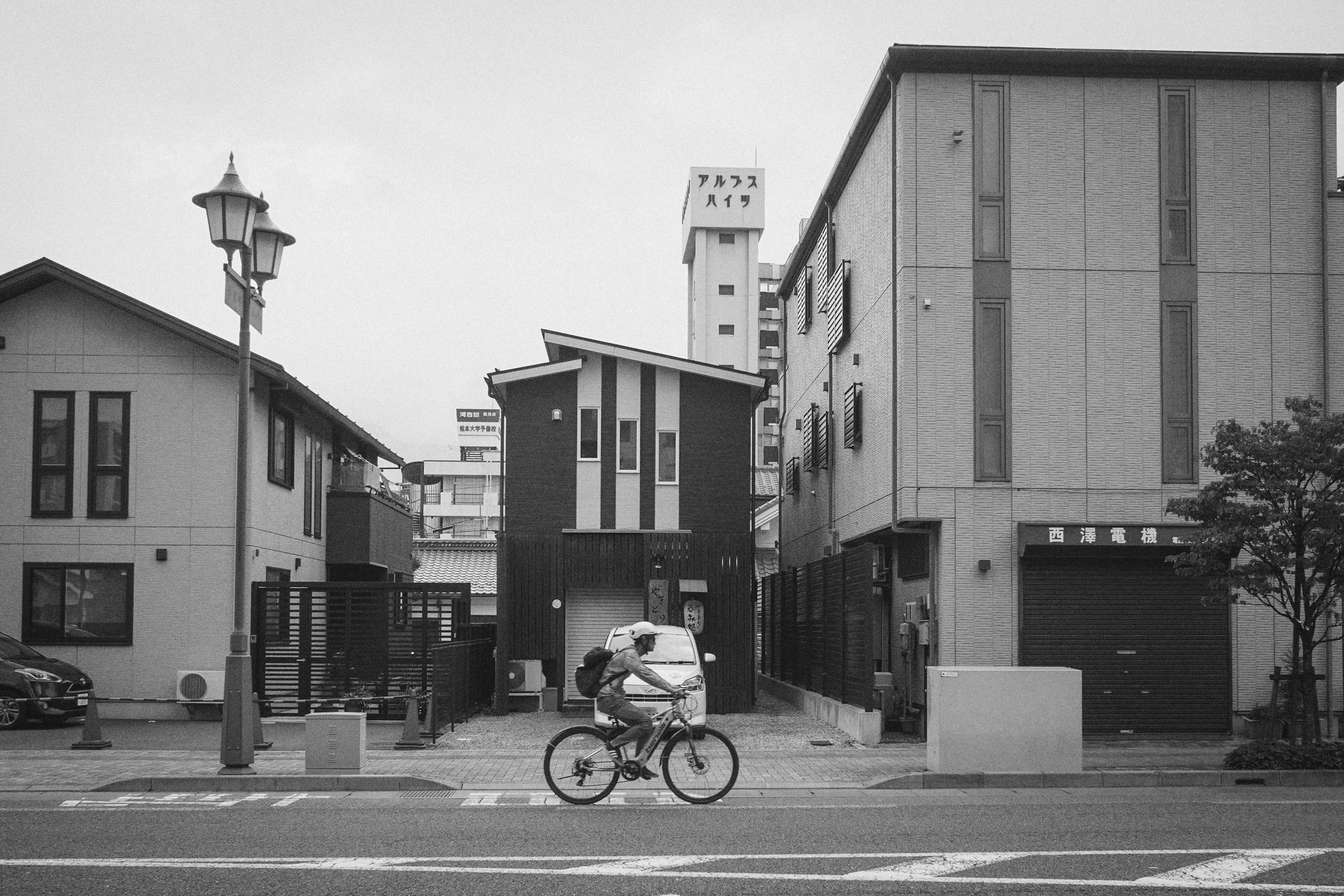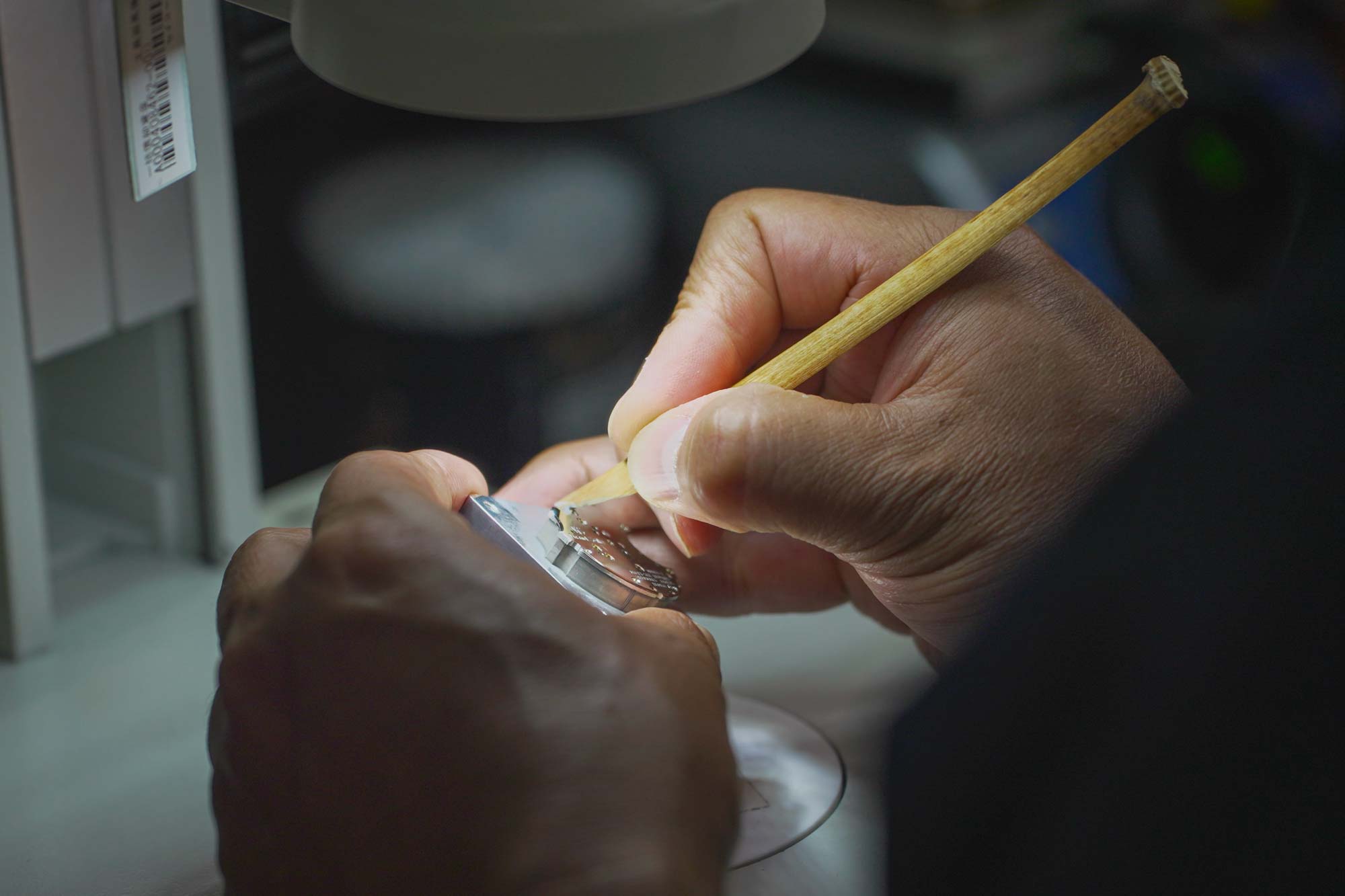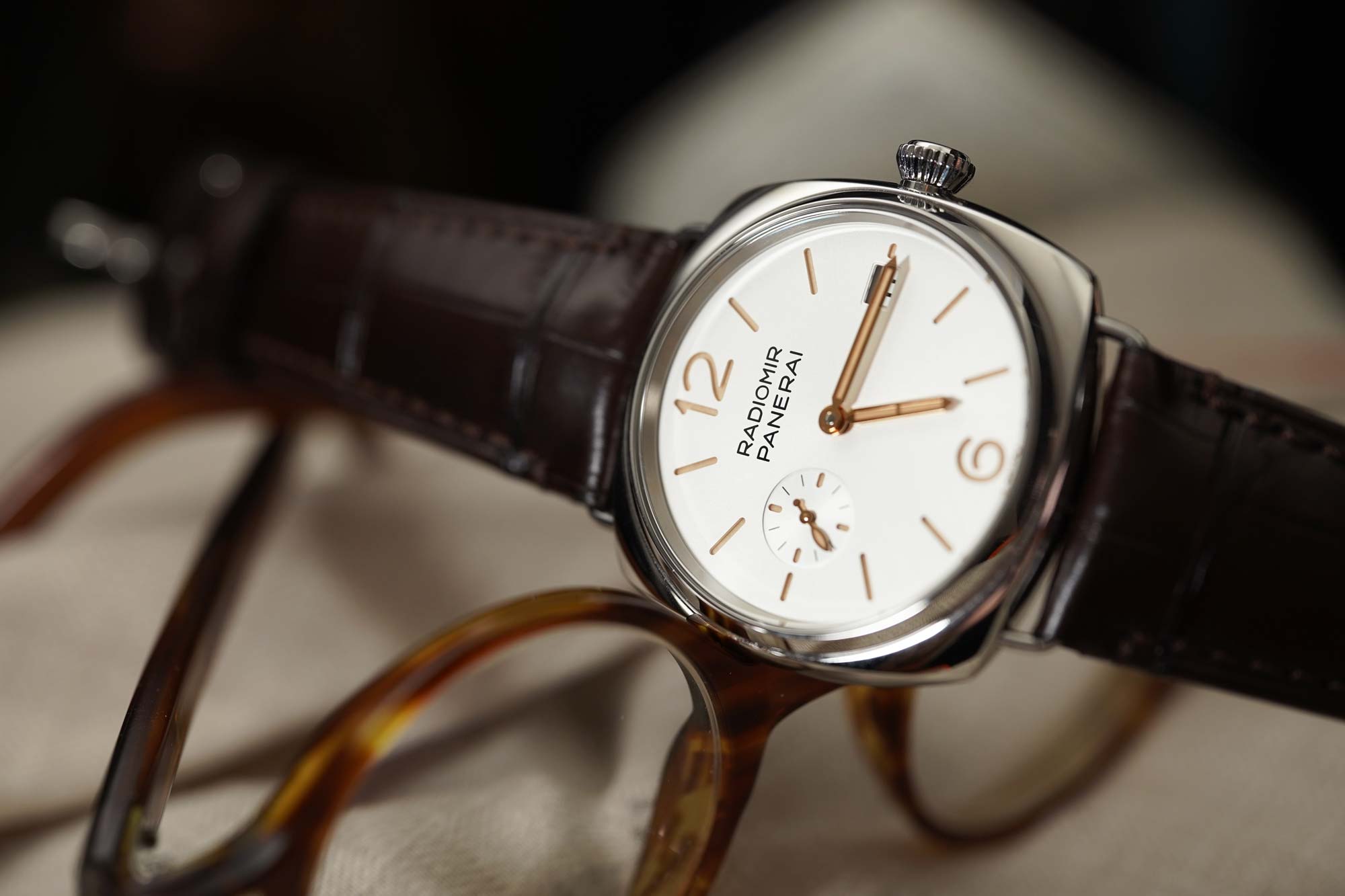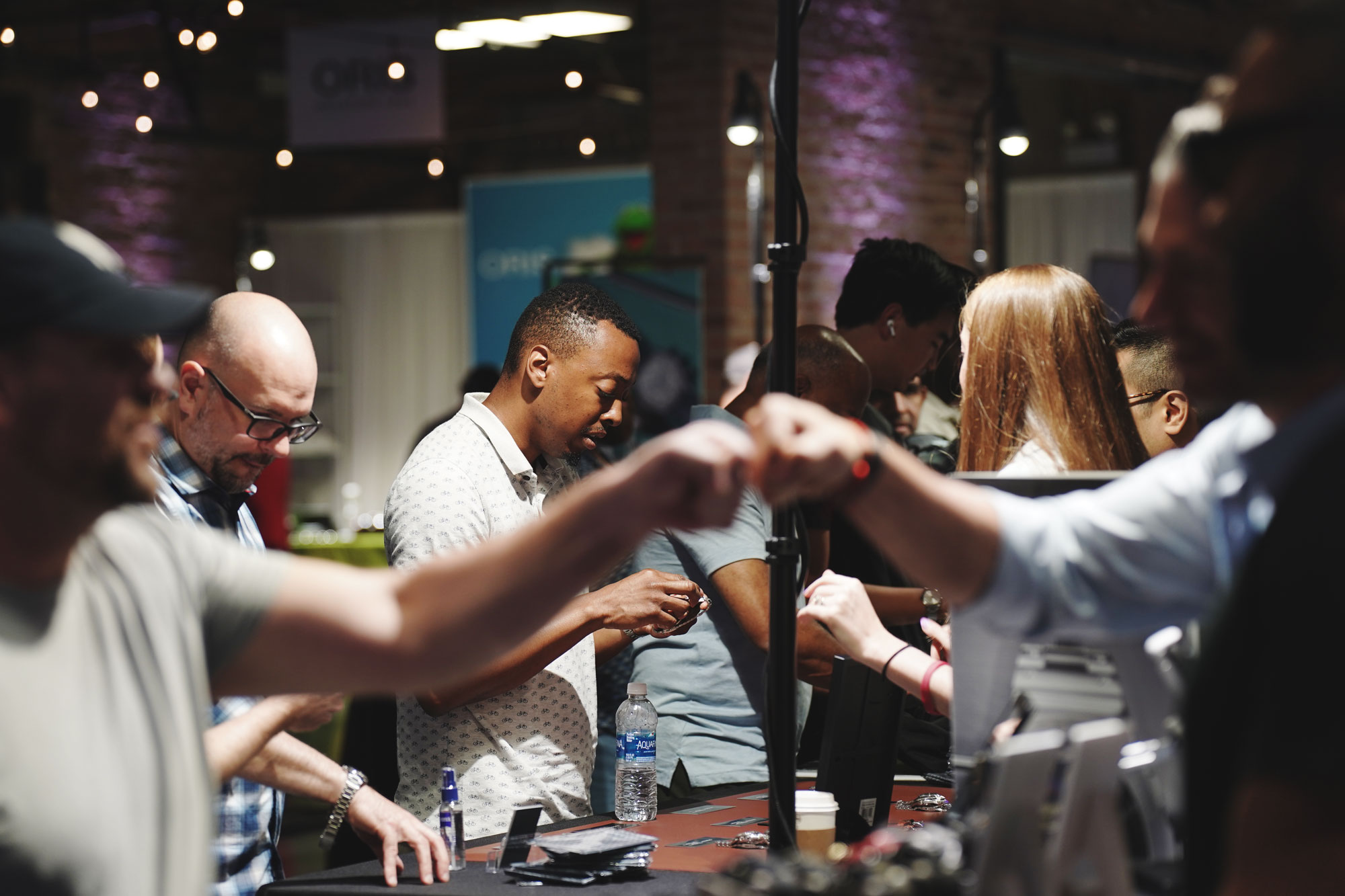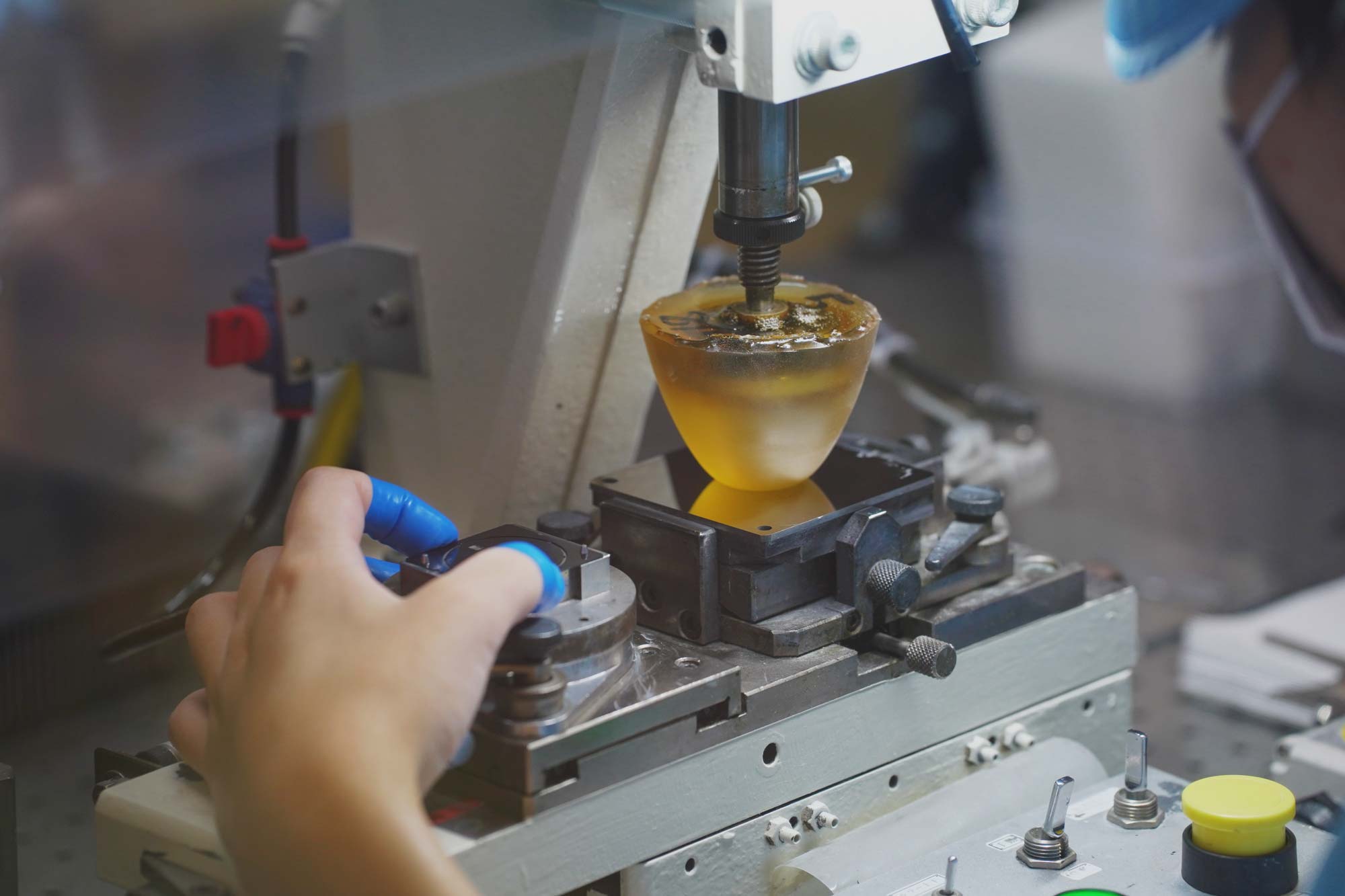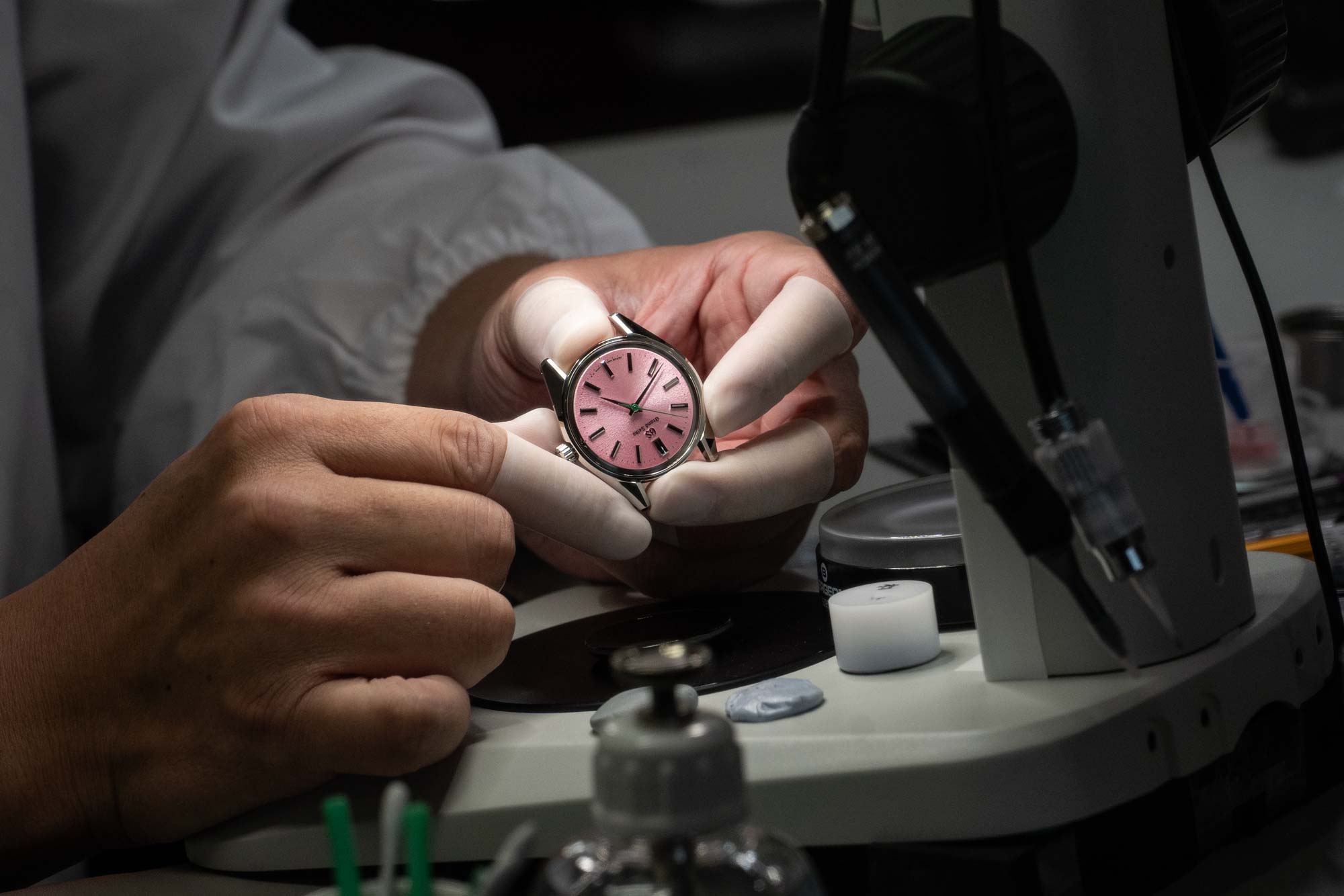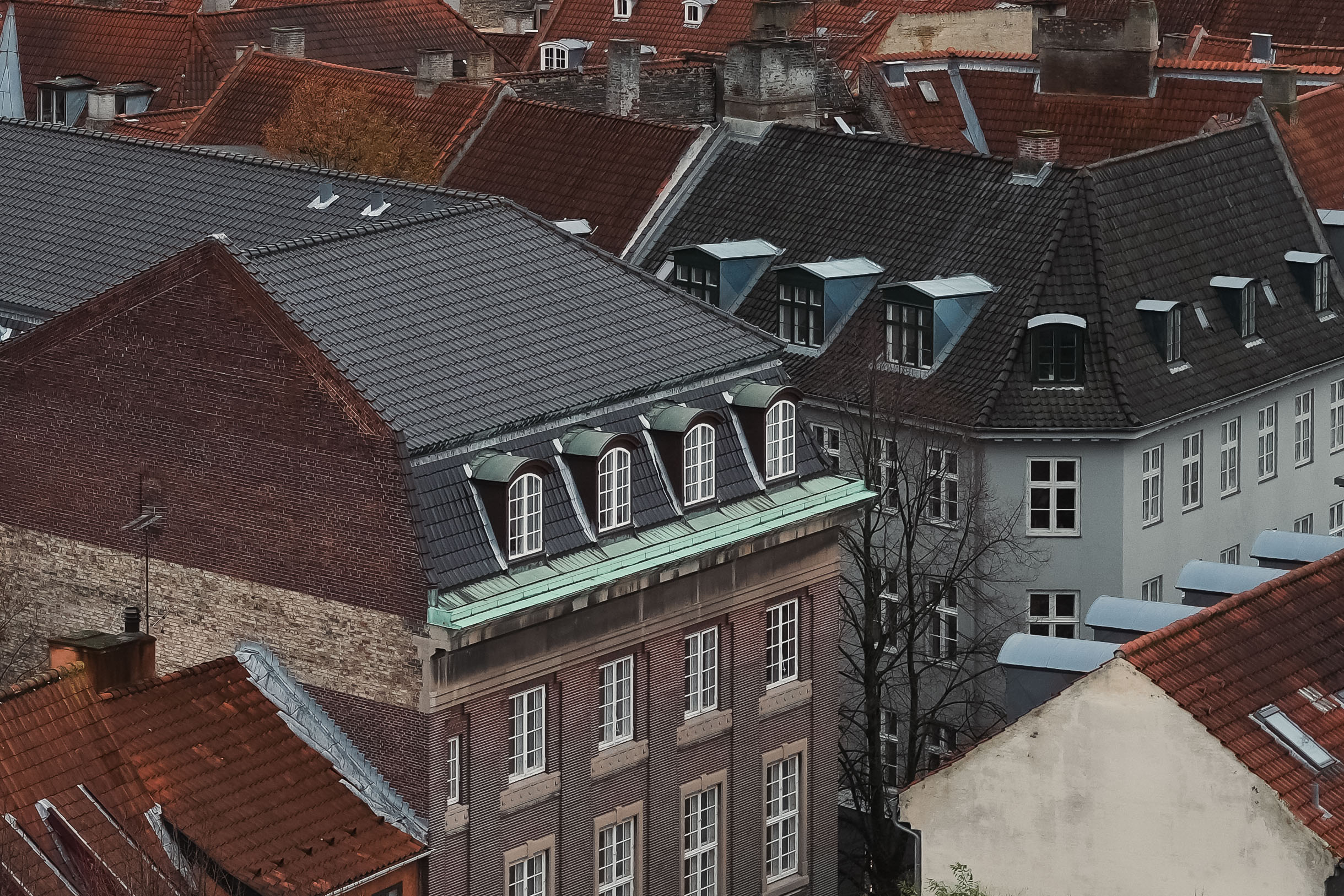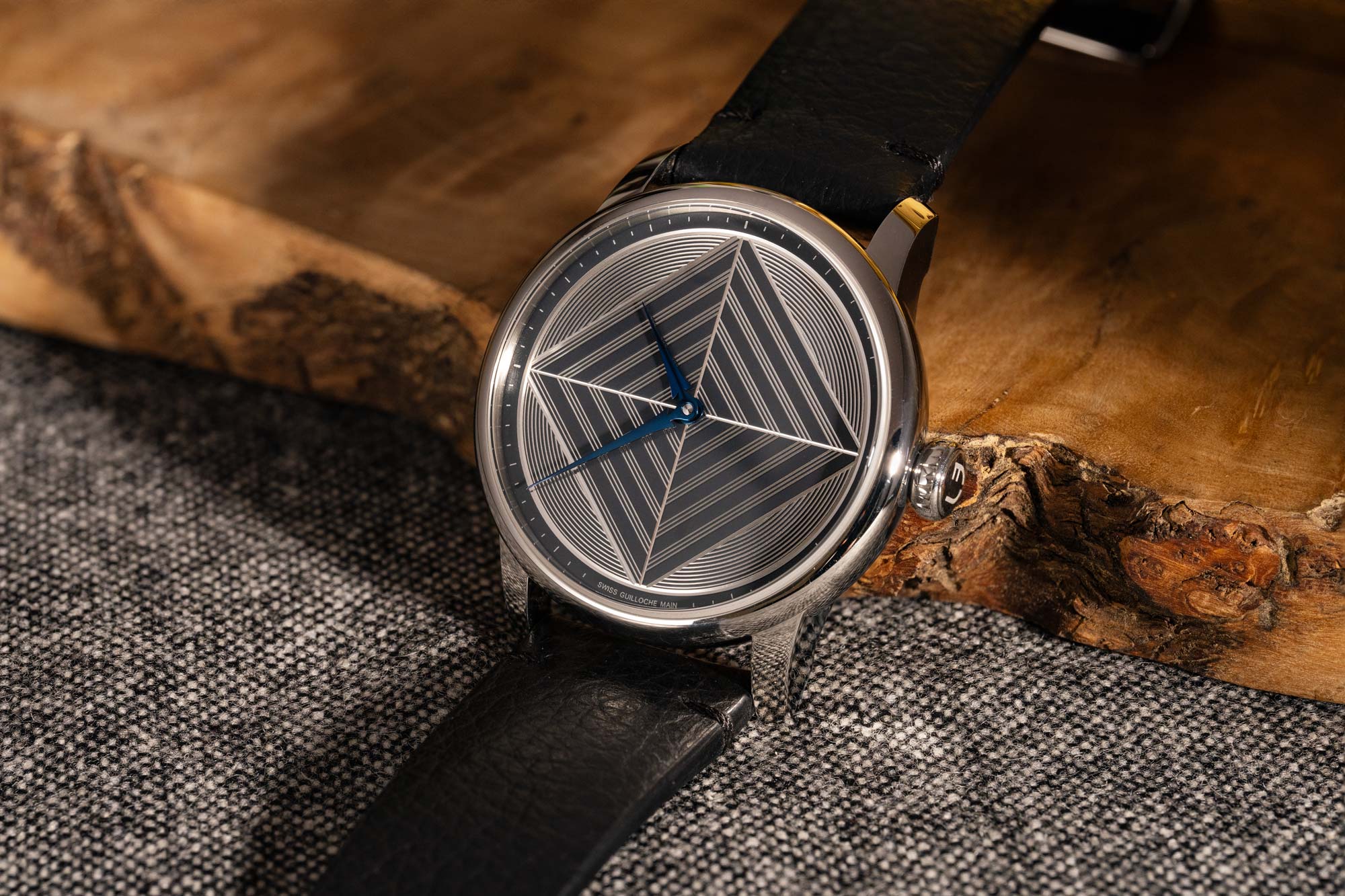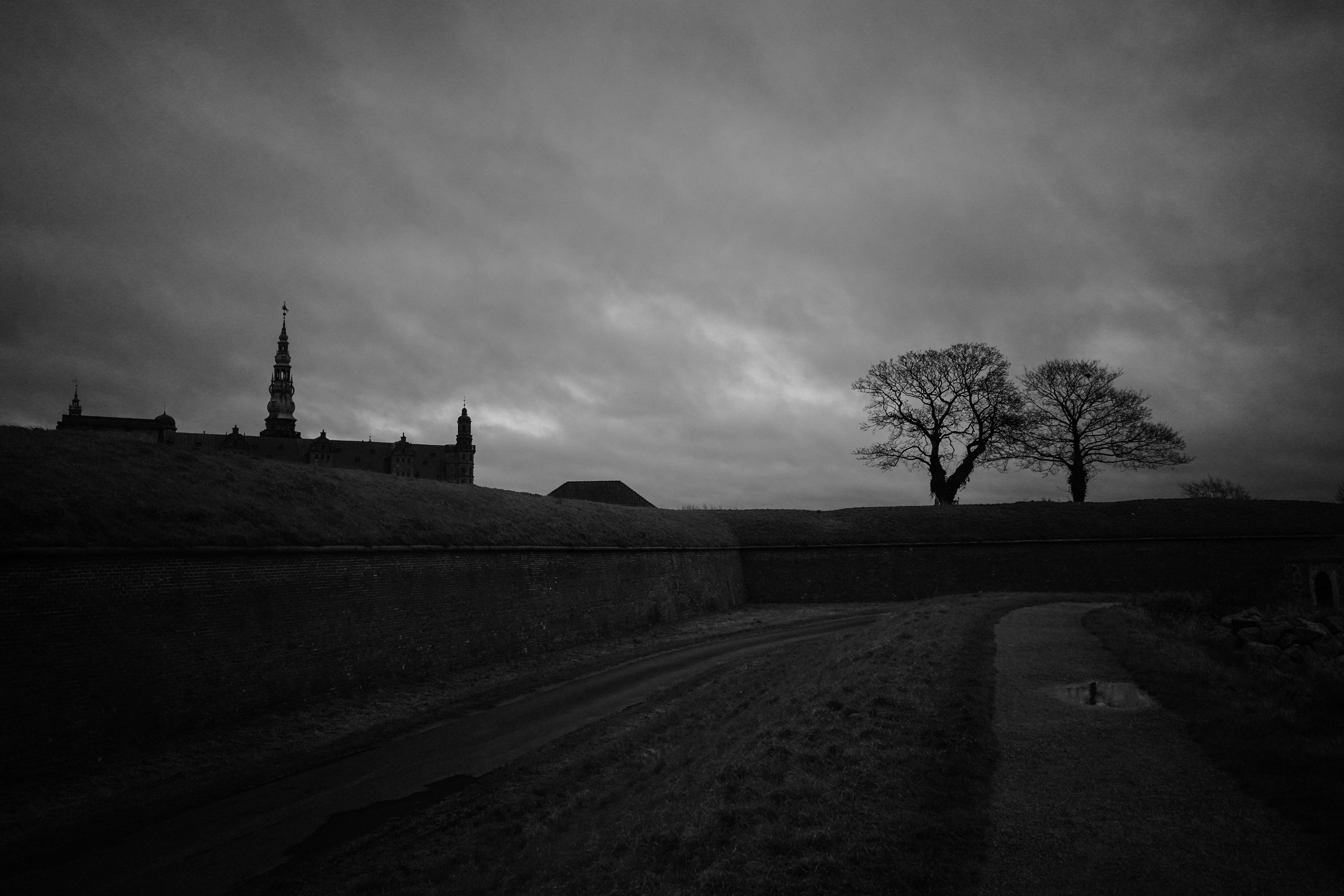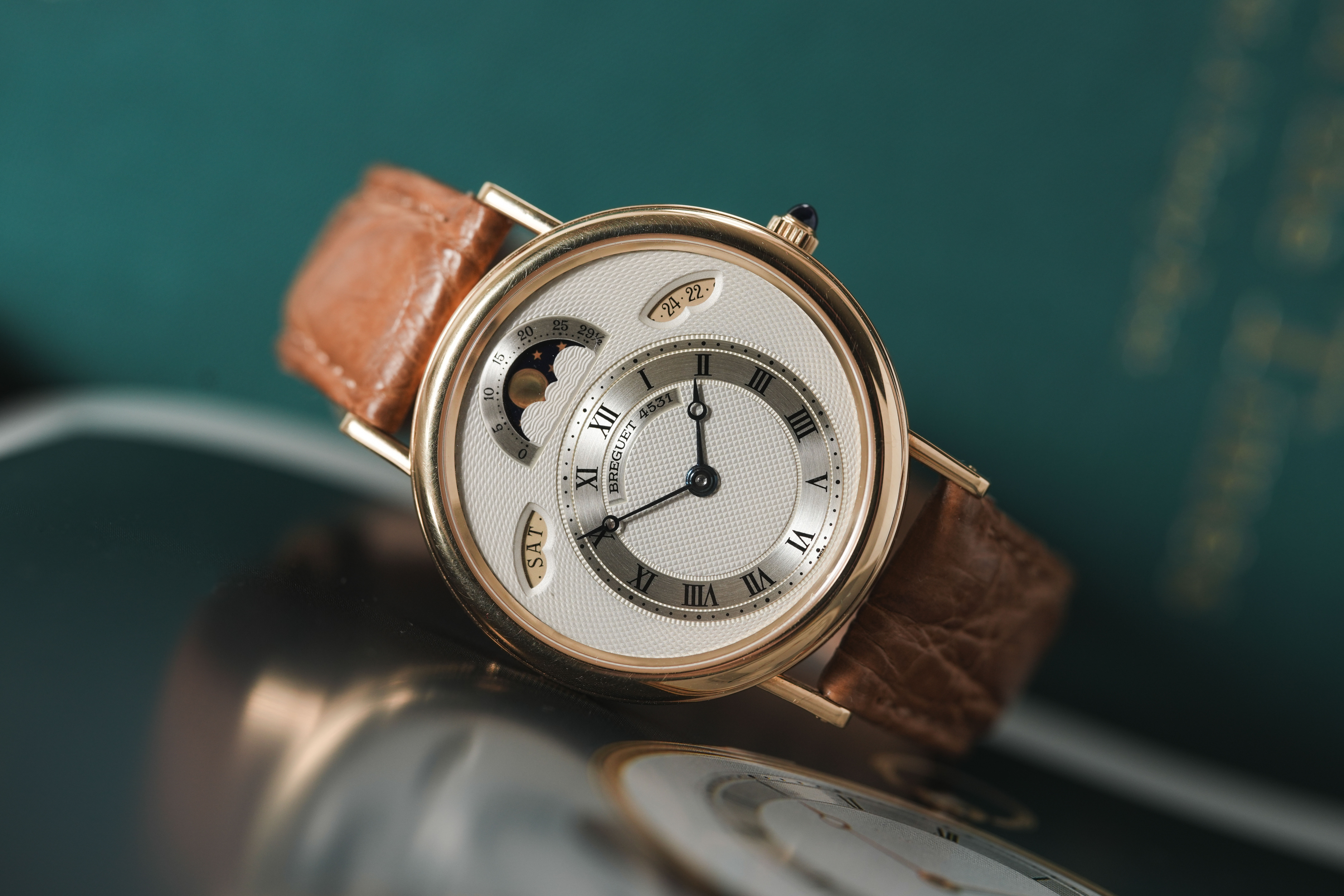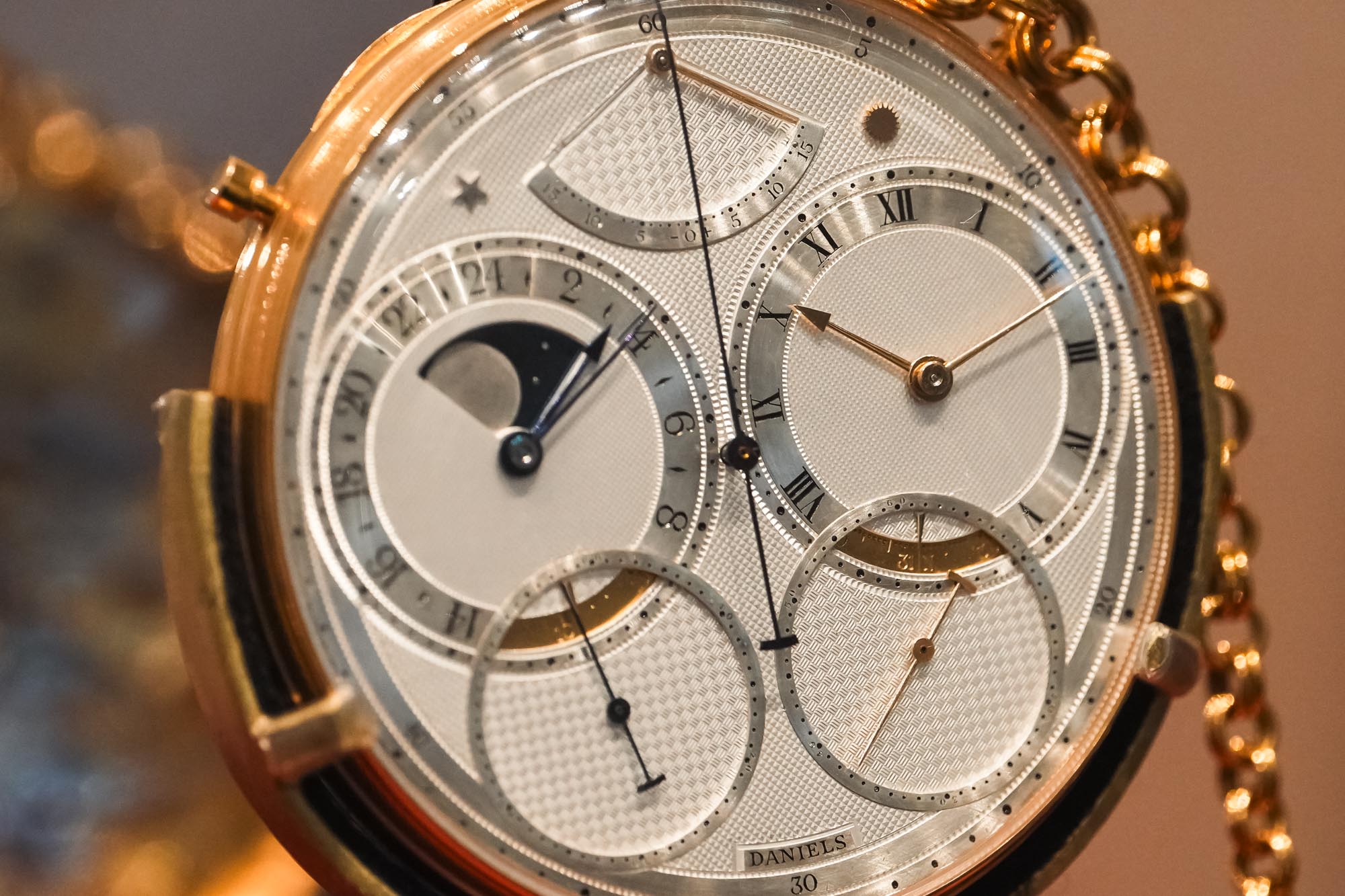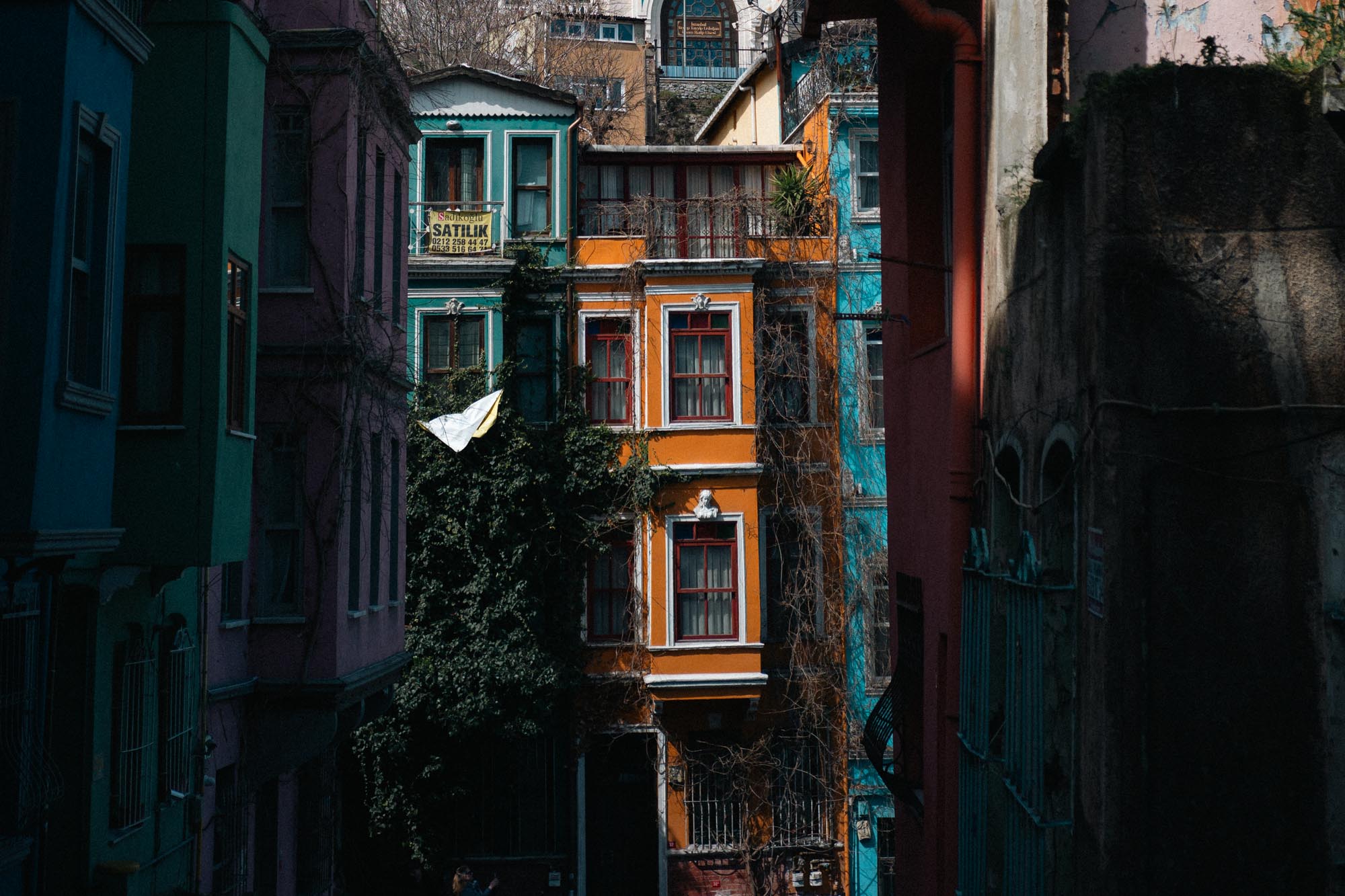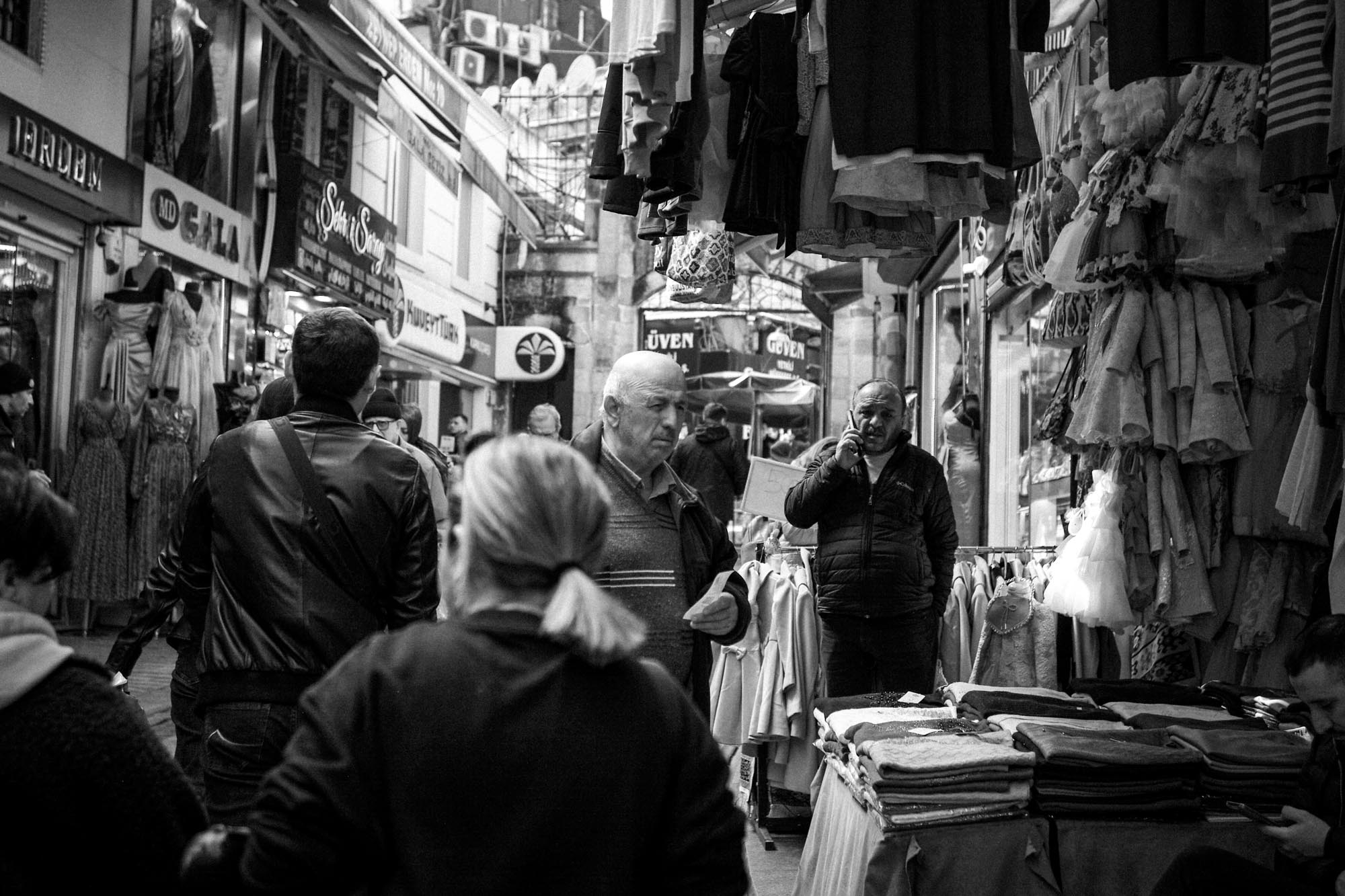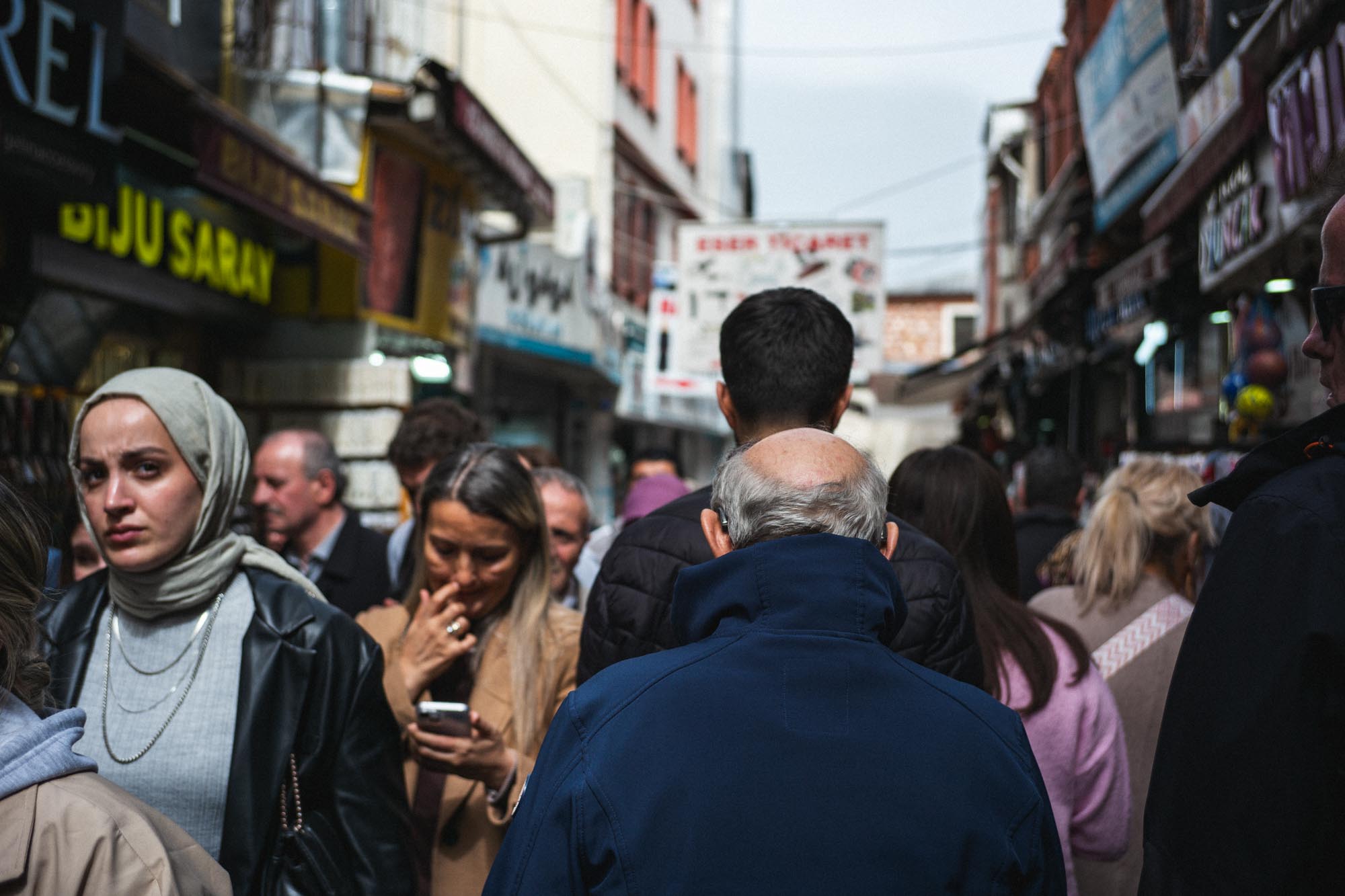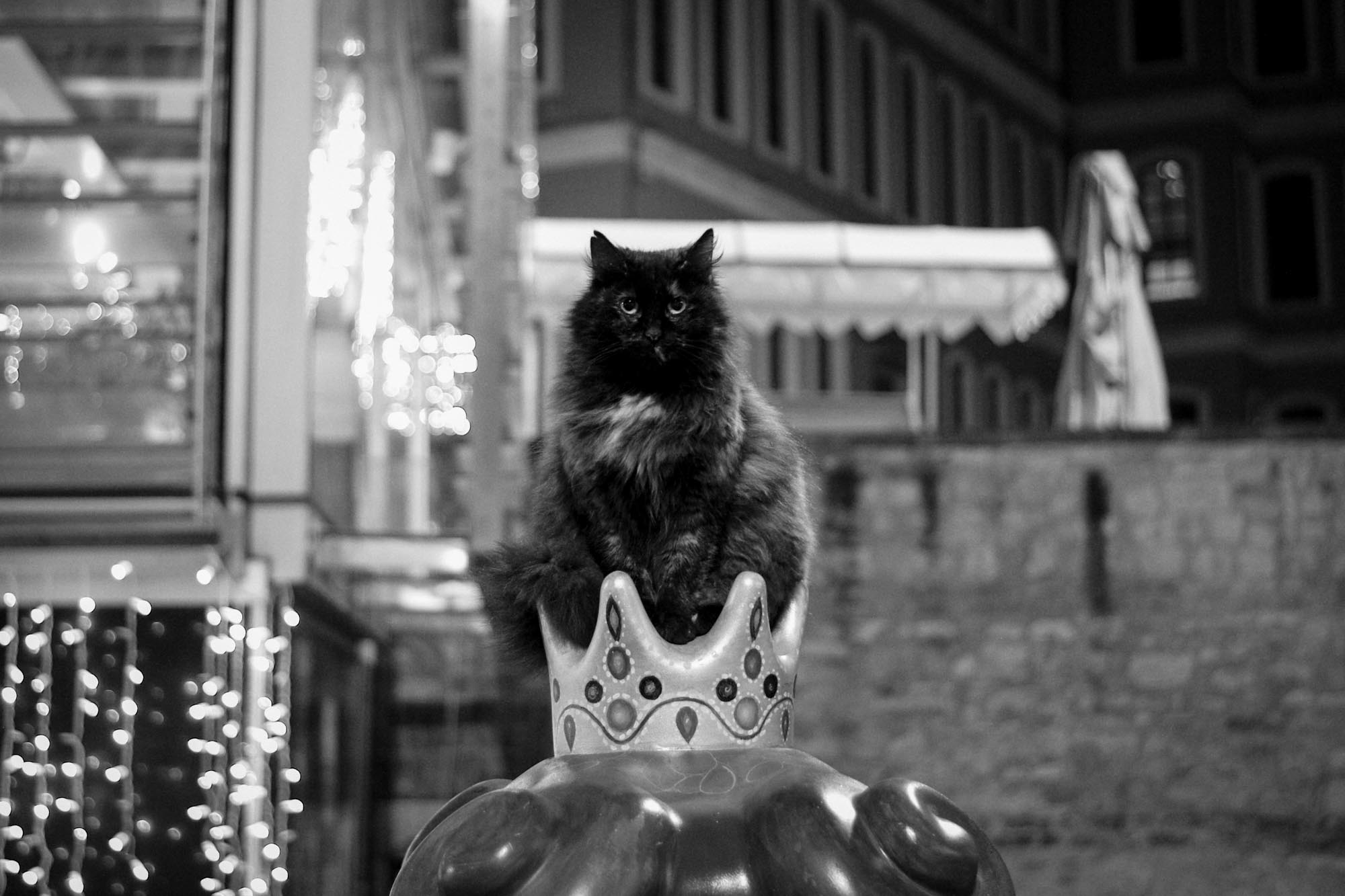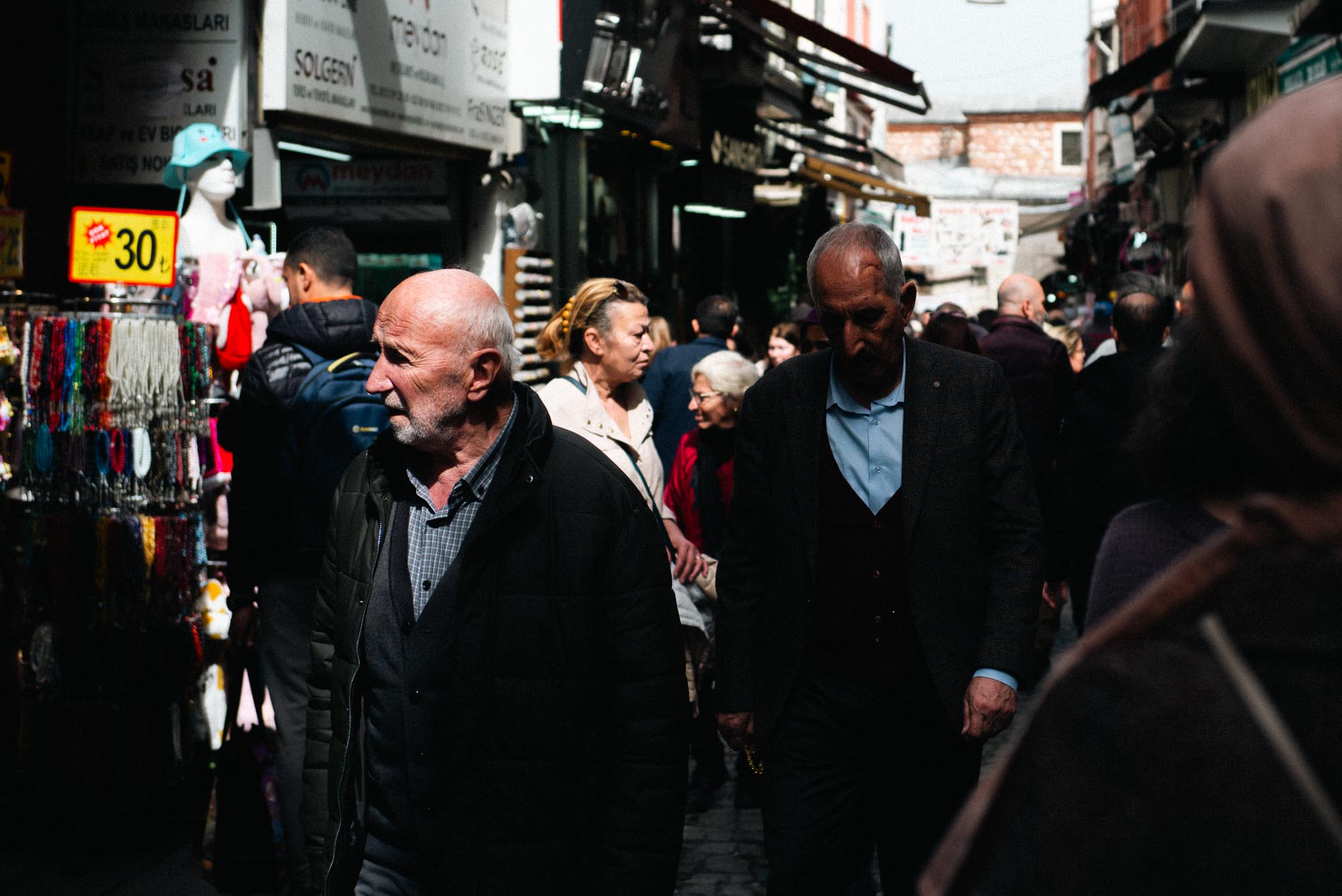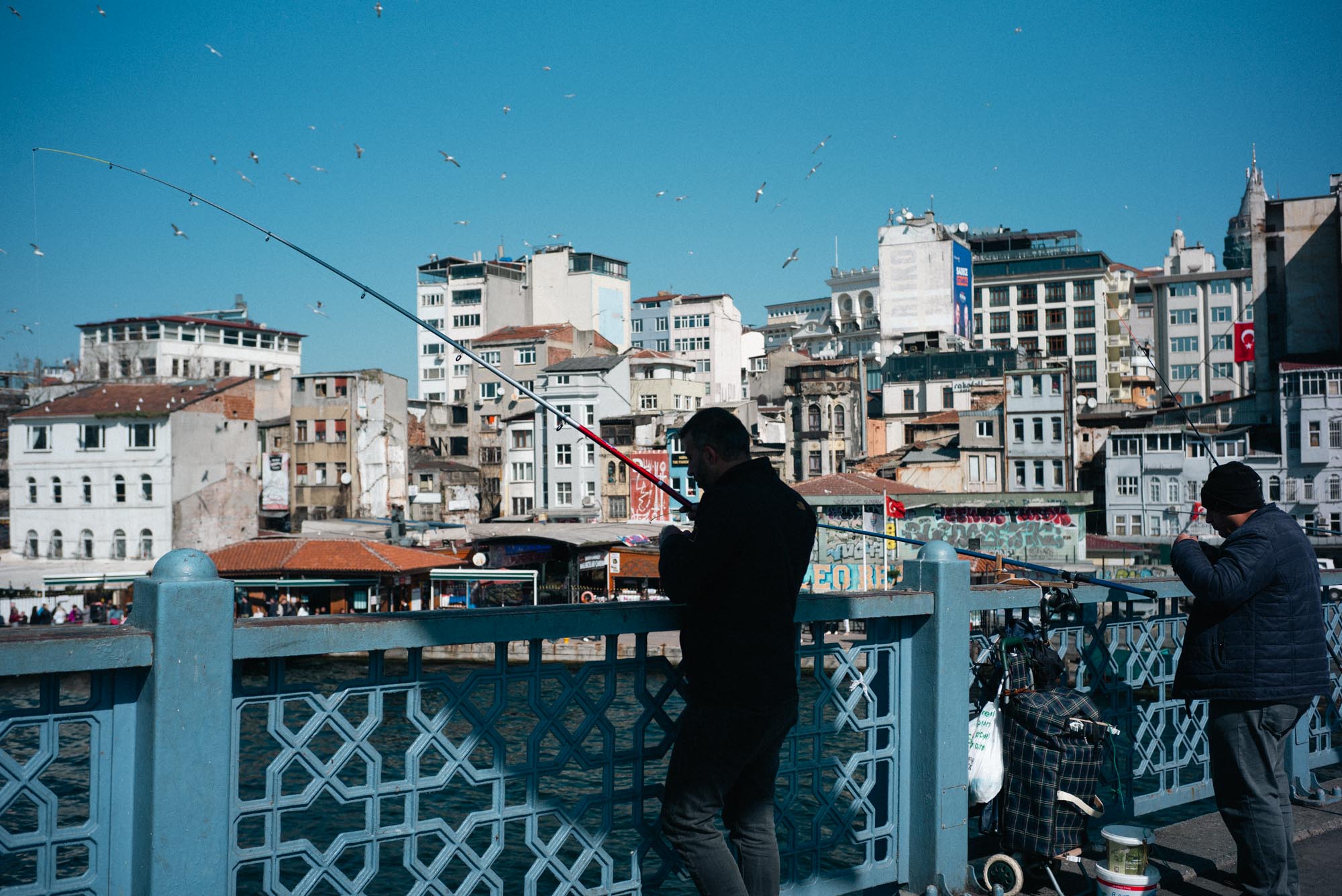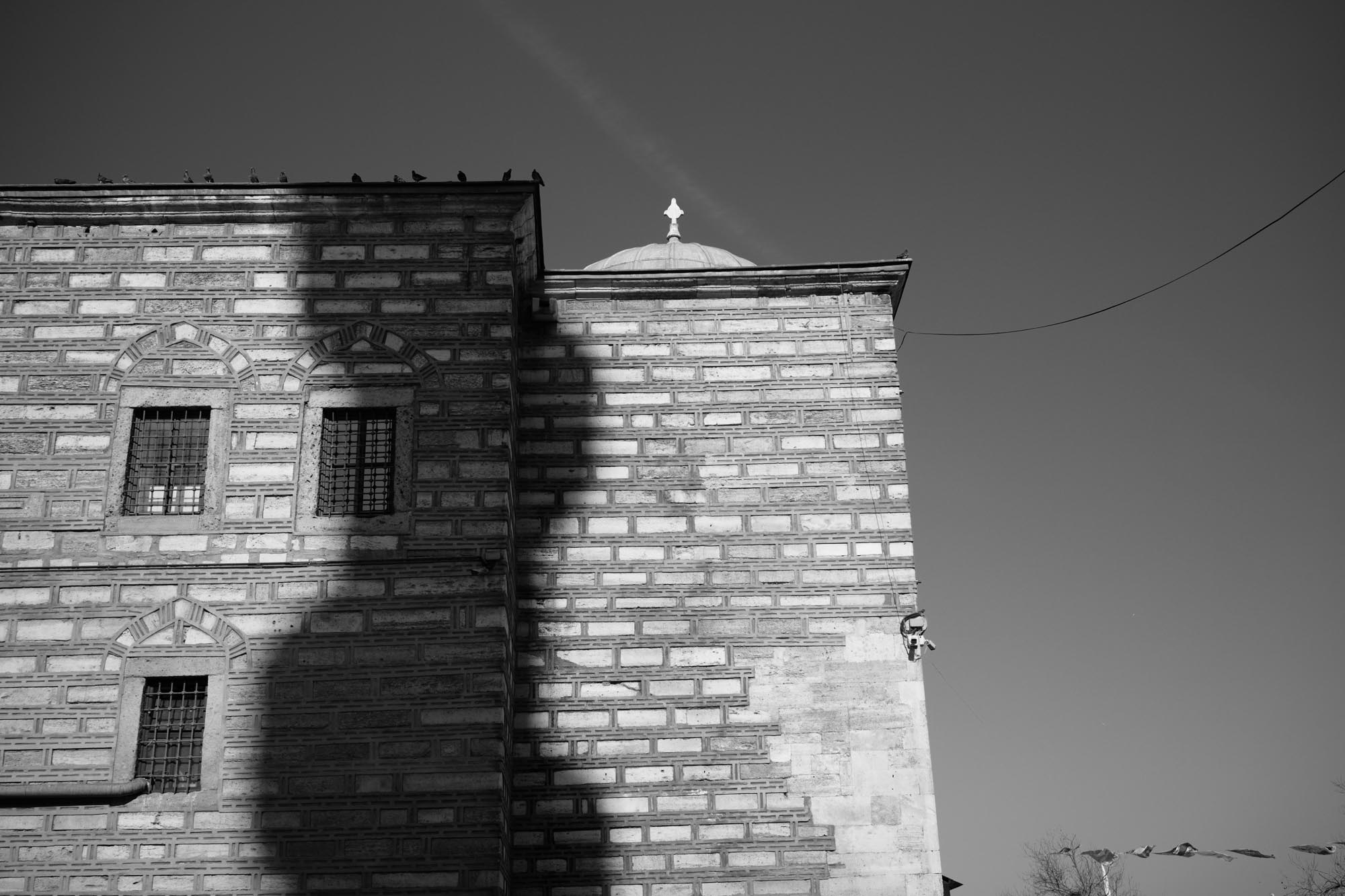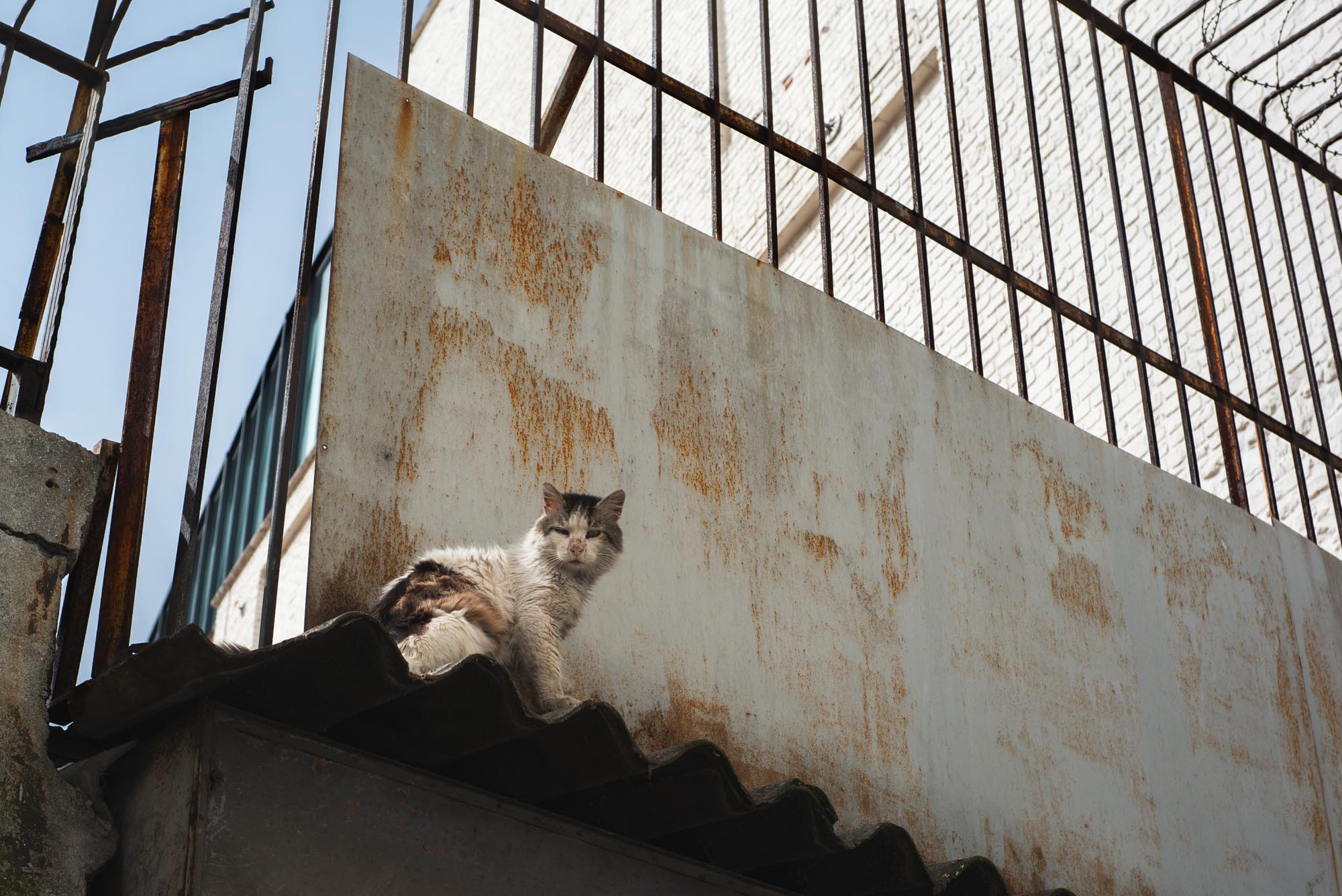
The Build Up
“Leica” looms over cameras much like Rolex does watches. It’s a name with both meaning and stigma. On one hand, it speaks to quality, provenance, tradition, and a culture of dedicated enthusiasts. Conversely, it speaks to snobbery, wealth, style over substance, and exclusivity. Being who I am, I’m always suspicious of overly adored things, especially when they are expensive, as I can’t help but keep value in mind.
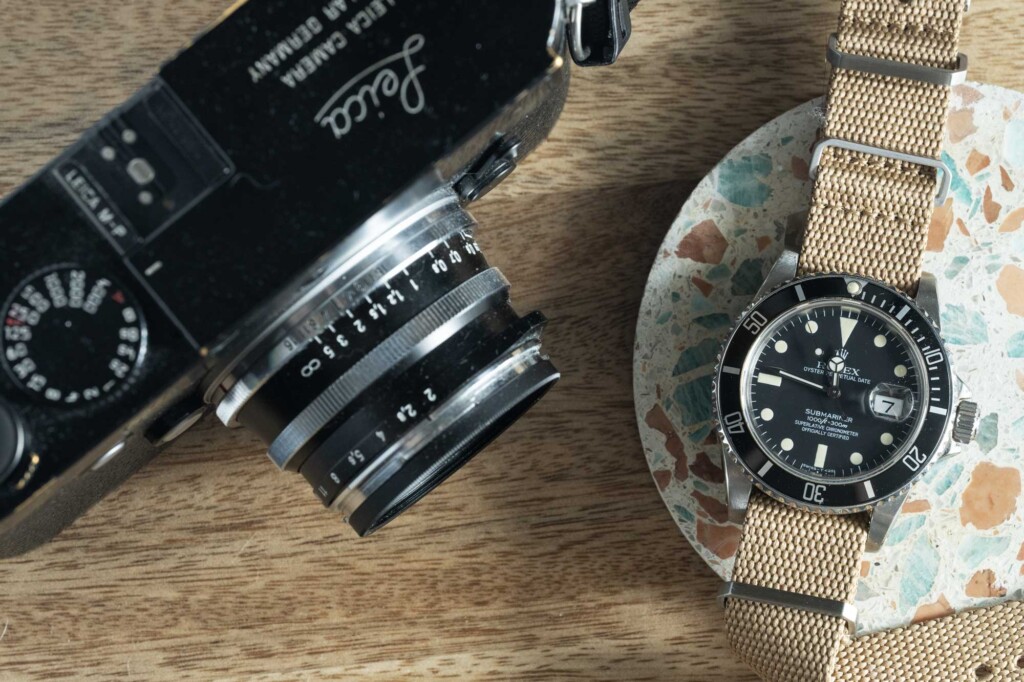
Over the years, I’ve avoided the red dot despite countless recommendations. They just felt like too much of a thing I didn’t want to be a part of. A brand name for people who wanted to appear to be photographers, regardless of whether or not they had any skill or even a desire to shoot. Or maybe they didn’t even care if they appeared as photographers; the camera just served as an accessory to a lifestyle. Part of a kit that said, “Yeah, I do alright,” and looked great with a vintage Sub.

*Side note: I wrote this intro before Griffin Bartsch covered the new SL3, and thus, I still thought myself clever for the Rolex comparison. As I now know it’s quite banal, I feel a tinge embarrassed, and yet, it holds a true statement, so it remains.
I loved the X100F but wanted the versatility of swappable lenses. I traded it for an X-E3, which had a similar look, feel, and sensor but allowed for interchangeability, though it lost the leaf shutter, built-in ND filter, and hybrid viewfinder. For a time, things were good. The X-E3 balanced compactness with great quality, but more importantly, it offered a very tactile, manual shooting experience that further pulled me in (especially with a manual-focus 7artisans lens, shooting in Acros simulation).
Eventually, however, I started wanting additional features and lens options… I had G.A.S. again. So, I went down the Sony rabbit hole and landed on the a7C, their most compact full-frame camera at the time, which was also feature-packed in ways the X-E3 never was. And once again, for a time, things were good.
The a7C was powerful and fast and produced incredible images reliably. I took it on several trips, both personal and work-related, and was never disappointed. The Sony lens catalog is vast thanks to third-party support, giving tons of options to buy or rent, such as the Tamron 35-150mm f2-2.8, which I’ve fallen in love with (and took to Japan). And then, Sony announced its successors, the a7C2 and a7CR, the latter of which packed a 60mp sensor into the same compact body, along with various other generational updates. I had to have it.
That brings me to now. Now, as I write the first section of this article, I love the a7CR, which has already pushed me to become better at shooting watches with a flash, experimenting with focal stacking, and using cropping as a creative tool (60mp gives you a world to play with and is sort of a macro cheat code). More importantly, it has further increased my joy from shooting…
But it lacks one thing. That manual feel the Fuji provided. It’s great to shoot with, effortless and accurate but it’s tech. And that’s fine, most of the time, but most of the time isn’t all the time. G.A.S. strikes again.
So, where does one go for that manual feel? Who supposedly does it best?
The Decision
Yeah, you guessed it, Leica—specifically Leica M rangefinders. I mean, there’s no competition for them, right? Well, there is, and this is where the story gets slightly more complicated. Leica has cornered the market on digital rangefinders for years, but there is a new contender– a small, independent startup out of France called Pixii. And, as the supporter of underdog and independent watch brands that I am, of course, I got obsessed with the idea of the Pixii.
The idea of a brand coming out of nowhere, challenging tech giants and camera incumbents is just… insane and awesome. Unexpected challengers create the innovation industries need, and the Pixii is quite innovative in many ways. It’s an APS-C M-mount rangefinder without a rear screen, utilizing a phone app for reviewing images. It has a 64-bit processor, which is the first for a camera, which is quite impressive, though I don’t really know why. It’s modular and upgradable, so as the company comes out with new sensors and chips, you can send in your existing body for it to get installed. There is a display on top for pertinent information and a single large, sterile (and likely customizable) knob as well. It resembles a mix between a Leica and a Fuji, with a semi-brutal but minimal aesthetic. In other words, it looks great.

It’s also far less expensive than a new Leica. Pixiis start at $2,999, whereas a Leica M-11 is $8,995—quite the delta. So, why not just go for it? Well, a few reasons. First, the Pixiis have built-in memory. The $2,999 option features 16 GB, which isn’t a lot, and it increases incrementally to $3,399 for 128 GB. As someone who has had hard drives and SD cards fail over the years, the idea of built-in memory scares me. It also doesn’t have a mechanical shutter. Not a problem, actually, it allows for an insane 1/32,000 max speed, which is far beyond the typical 1/4,000 mechanical shutters, but it is a preference. I wanted a range finder for the feel, and a shutter is part of that. The other is that the sensor is APS-C.
I’ve read a handful of articles about the pros and cons of APS-C vs. full-frame sensors, and my general takeaway is that in terms of quality, it doesn’t matter—at least not in terms of my needs and uses. Based on my experience with Fuji, I don’t like APS-C because of the crop factor. Multiply a lens’ length by 1.6x to get the effective crop. It’s annoying, particularly at wide-angles. But the biggest reason would still be that lingering question of what it is like to use a Leica.
APS-C vs FULL FRAME


So, where did that leave me? Looking at used options. M11s and M10s were out, still too much, but M (Typ 240)s were priced right around the Pixii. Yes, a 12-year-old camera. Tech doesn’t typically age well; a decade is enough time for a product to evolve significantly. One would expect an old digital camera to be fairly antiquated, or at least I did. But, I read about the M (Typ 240) fairly extensively, including how it stacks up today, and the camera still had ardent fans. Full frame, 24-megapixels, weather-sealed, and notably rugged. Sure, it lacked any wireless connection, a touch screen, and other modern luxuries, but the M (Typ 240) seemed more than enough. However, the clincher was when I got to see one in person.
The M (Typ 240) features brass plates on the top and bottom of the camera. It’s heavy, solid, and does not look or feel like tech. The specific camera I got to handle was the M-P (Typ 240) in black, the painted plates brassed along its edges. I held it to my eye, attempted to focus using the range finder’s split-image mechanism, and appreciated the complete lack of electronic interference. The charm of Leica immediately had me.
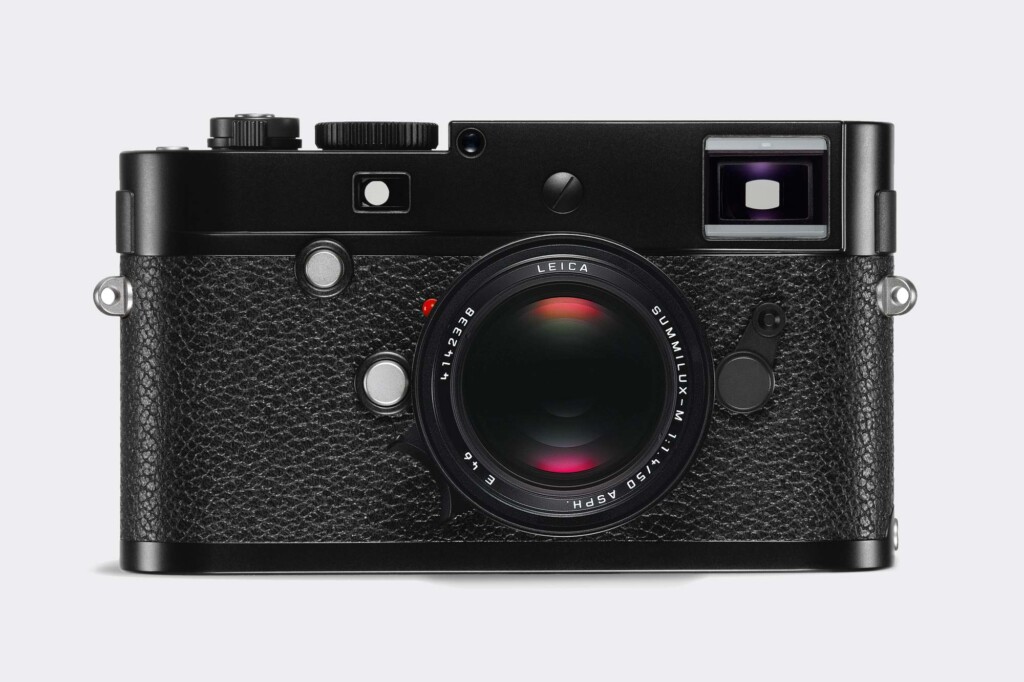
The G.A.S. was back, and the search began. I made the tough decision to turn in my old Fuji gear and put it towards this purchase to take the edge off the price. I decided to go with the M-P as it had a few upgrades over the original M (Typ 240) that seemed worth it, including a sapphire crystal over the display (I mean, come on) and a larger buffer for continuous shooting.
As my budget was limited, I couldn’t spring for a Leica lens, but through a little digging, I found the cult of the Voigtlander. A fraction of the price of a Leica lens but still highly regarded for its optics, build quality, design, and aesthetics, it seemed perfect to start with. I ended up going for the Ultron 35mm f/2 Aspherical Type I. And with that, the experiment began.
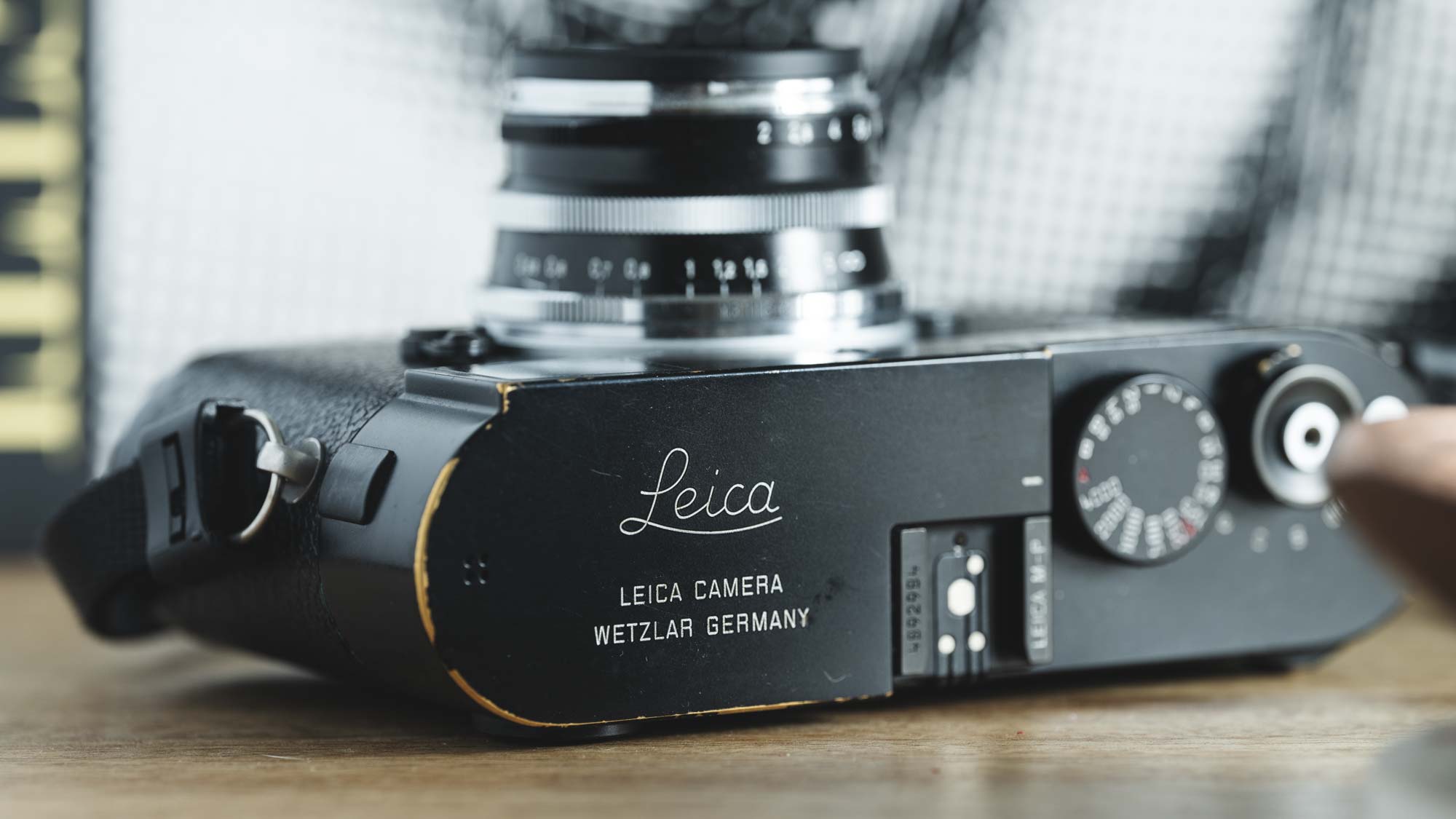
My First Experiences with Leica
Once my new kit arrived, I took to the things around me. The camera felt amazing in my hands. Focusing it, slow and methodic, was so different from the immediacy of my Sony. The click of the shutter was heavy and reassuring. My cats, poised by windows, were my first targets. There are many great things about cats, chief among them being that they make excellent photographic test subjects. I quickly found that a cat’s speed outmatched the speed I could focus, yet the few shots I got just had that quality to them (I’ve since gotten better). They looked different.
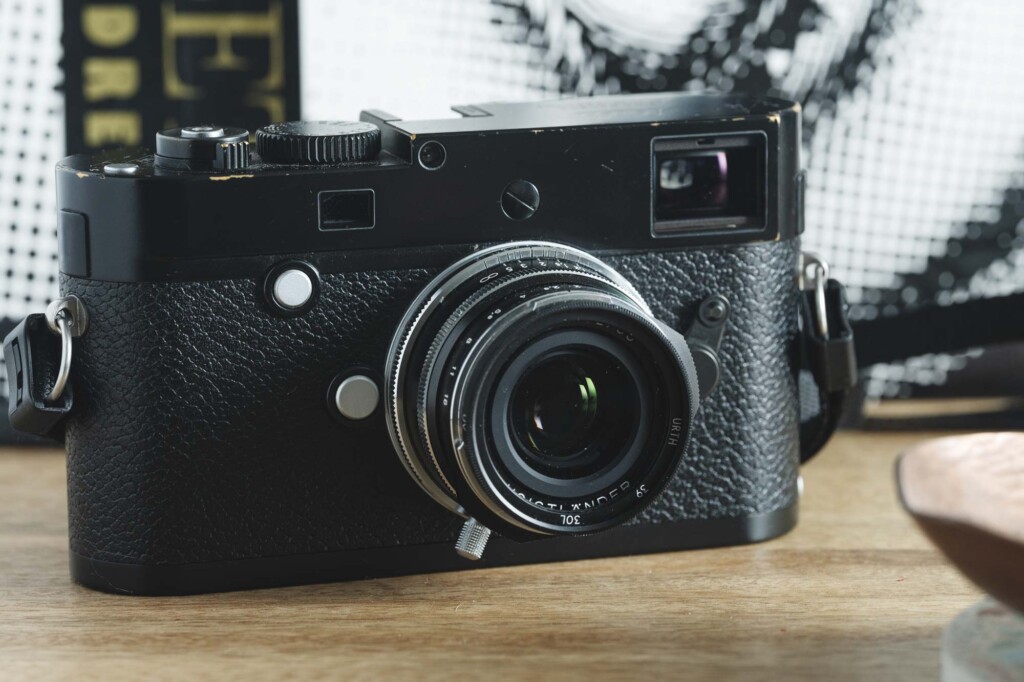
Naturally, the Leica now accompanied me whenever I left my apartment. One evening, I was in midtown Manhattan on my way to a watch event. Though crowded, I fought my self-conscious tendencies and took the Leica out of my bag. Getting a handful of shots in a crowded, bustling area during rush hour as night set in and the city became a series of reflections in glass, electric lights, steaming street vents, and bodies moving around, I was convinced.
Everything moved around me quickly, but the nature of using the Leica forced me to slow down and think about the shot I wanted. I quickly forgot about the crowd, who didn’t care about me anyway, even if I stopped right in the middle of everything. By default, the camera shoots RAW and JPG at the same time. I set the JPGs to black and white, and seeing the photos appear on the back of the camera, I was blown away.

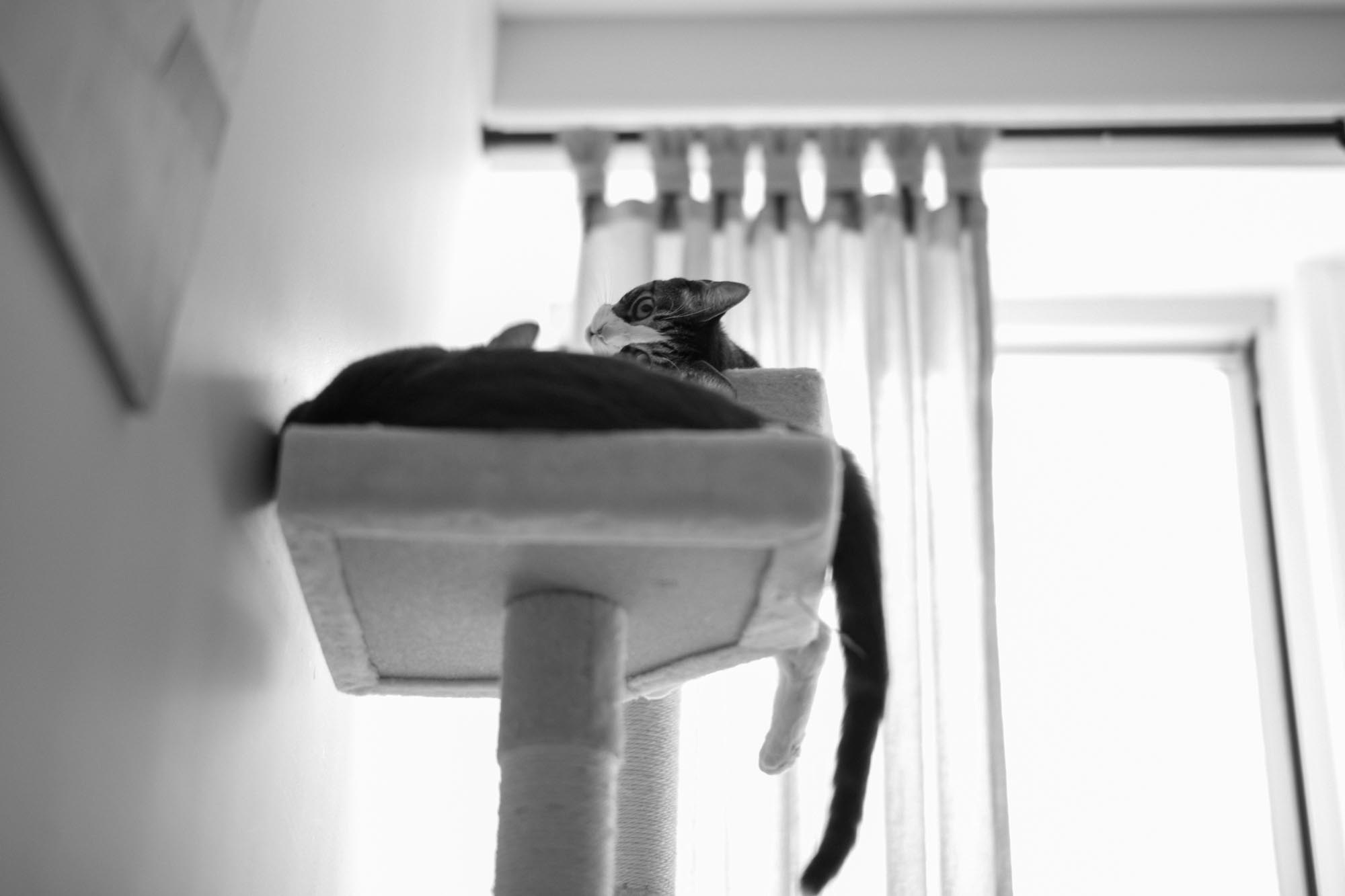
I was already convinced by this point, but traveling to a city as dense, old, textured, and cat-filled as Istanbul with it was a whole other level. I wanted to shoot everything, day and night, from narrow streets covered by hodgepodge awnings to open-air markets as busy as Times Square but in far less space to the mosques and other ancient sites. Moments like sitting at a cafe in the morning, sipping coffee and eating baklava, waiting for people to cross through a particularly harsh beam of light to get a shot. Or, setting the focus to infinity, holding the camera just above my head or at my chest in a packed crowd, and just taking shots felt like something this camera was made for.
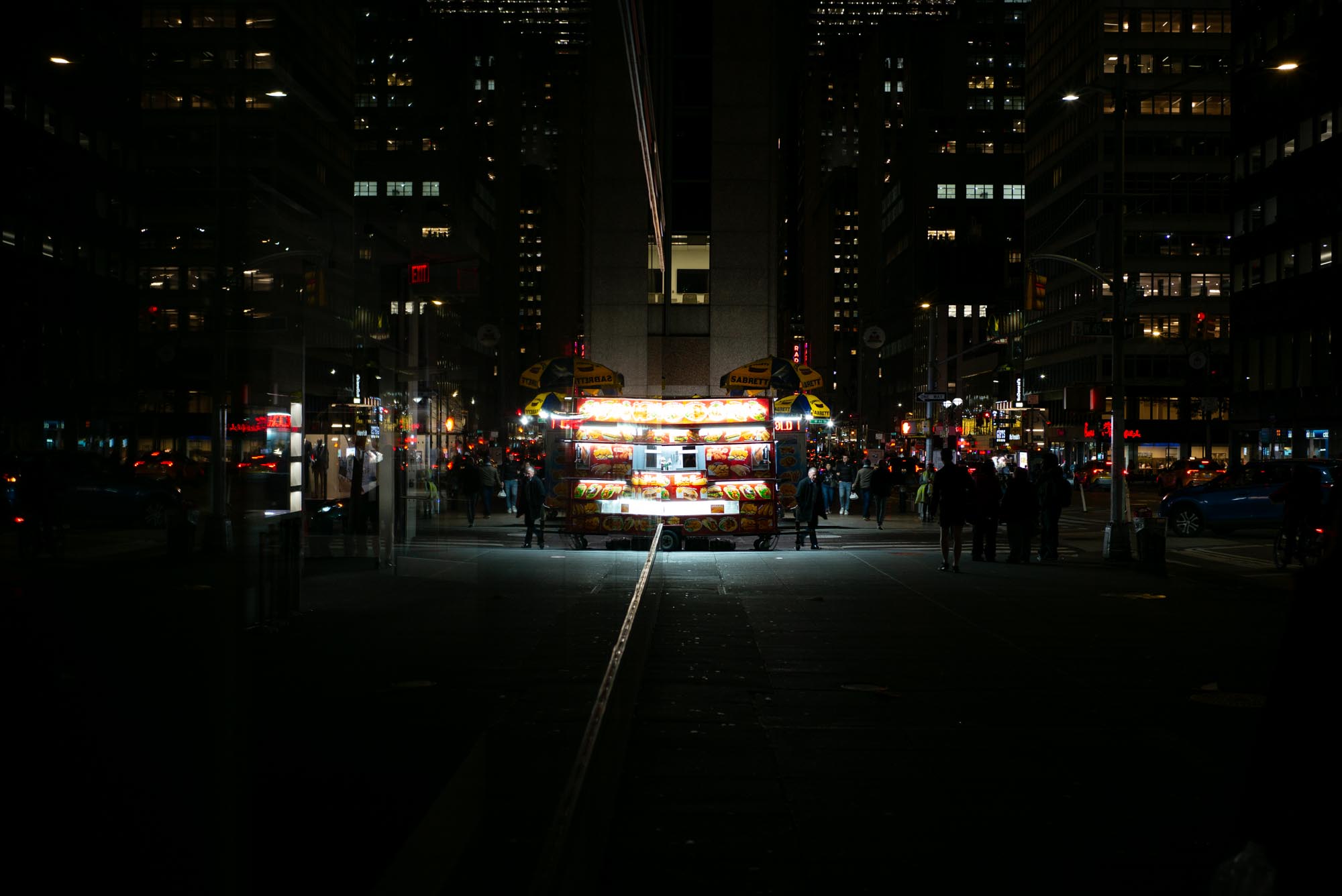
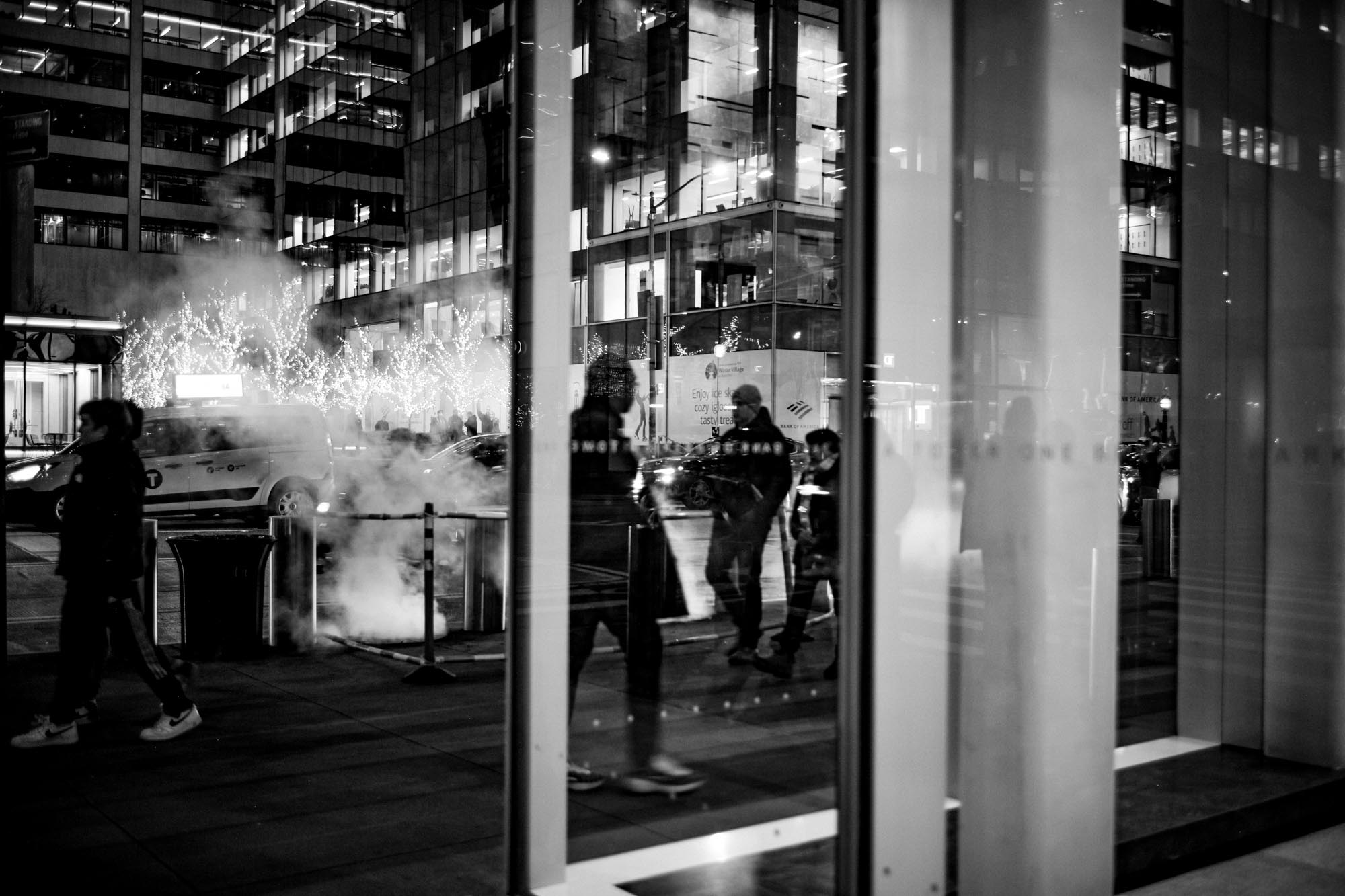
I also had my Sony with me, which was great for locking in on faces as people walked by, cropping in on a cat on the far side of a fence, etc.… but I just wanted to use the Leica. I don’t think I’ve ever taken so many photos over a few days—hundreds each day (supported by great battery life). Sure, most aren’t keepers, but the ones that are, are truly special.
Was it the camera and lens that made these photos look so good, or the manual process the setup forces? I suppose that’s sort of the question. The lack of electronic interference is of particular note. There is no HUD in the analog viewfinder, save frame lines, or a line at the bottom that, depending on your settings, shows shutter speed, a focus assist, or ISO. The shutter speed is set through a knob, aperture on the lens, and there is no autofocus system. It’s easy to forget you’re using a piece of tech; save the screen on the back. While I’m still a little prone to reviewing each shot, you can forget about it in the heat of the moment.
Perhaps the greatest lesson I’ve learned about photography over the last few years, one cemented by using a Leica, is that the act of photographing is, at times, as satisfying as the images produced, maybe even more. My mind is in a different mode when a camera hangs around my neck. I’m not just taking in the world, avoiding traffic, sidewalk mopeds, and other pedestrians; I’m looking for moments, compositions, and visually intriguing things that don’t need to be seen. Stopping, taking them in, finding the right composition, focusing, and taking the picture not only creates a digital record but a mental one.
That all said, the Leica M-P (typ 240) is not perfect either. It shows its age in the hour and a half it takes to turn on or come out of sleep (an exaggeration, of course, but it is long enough to miss a shot). The white balance gets weird with multiple light sources. It doesn’t like the dark (which is why I need a faster lens, right?). ISO is set through a cumbersome menu system, meaning I leave it on auto. But it’s good enough for now, especially to alternate with the a7CR. Leica has its hooks in me, and I doubt the M-P (Typ 240) will be my last.
More images shot on the Leica below:









 Featured Videos
Featured Videos





